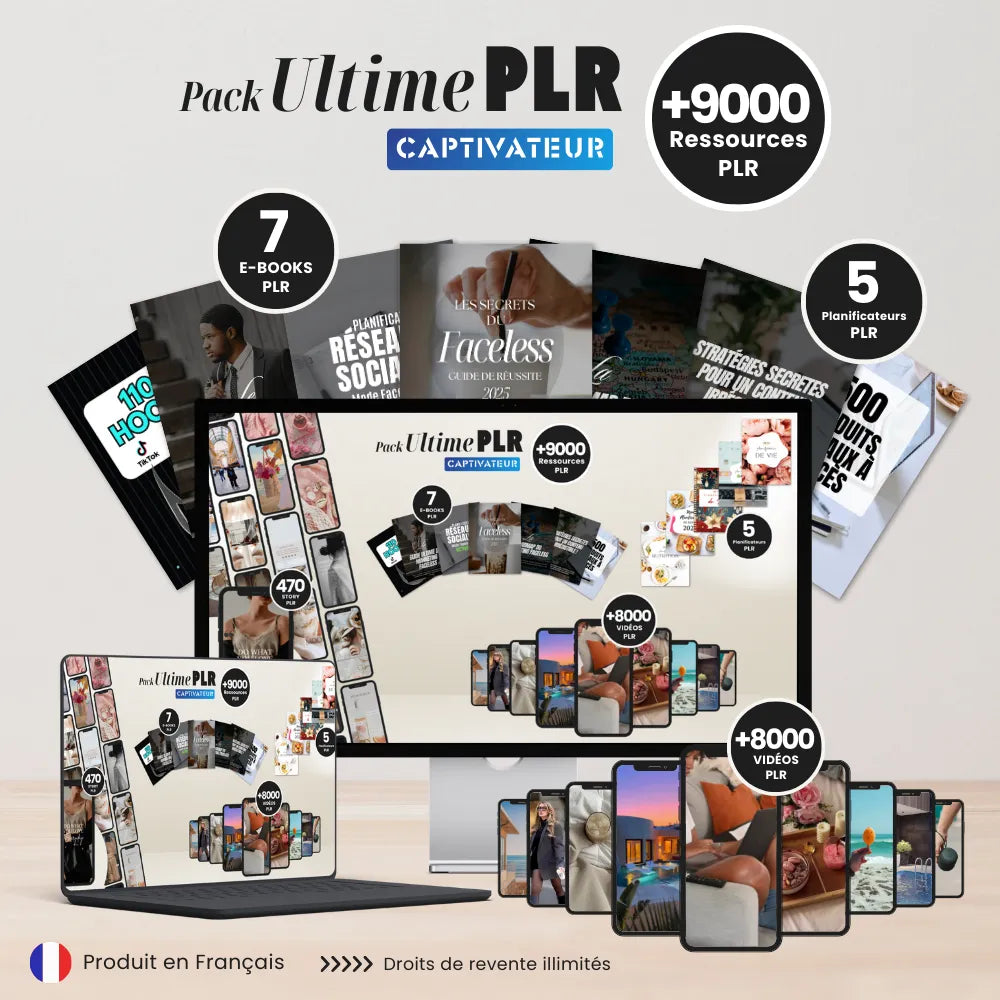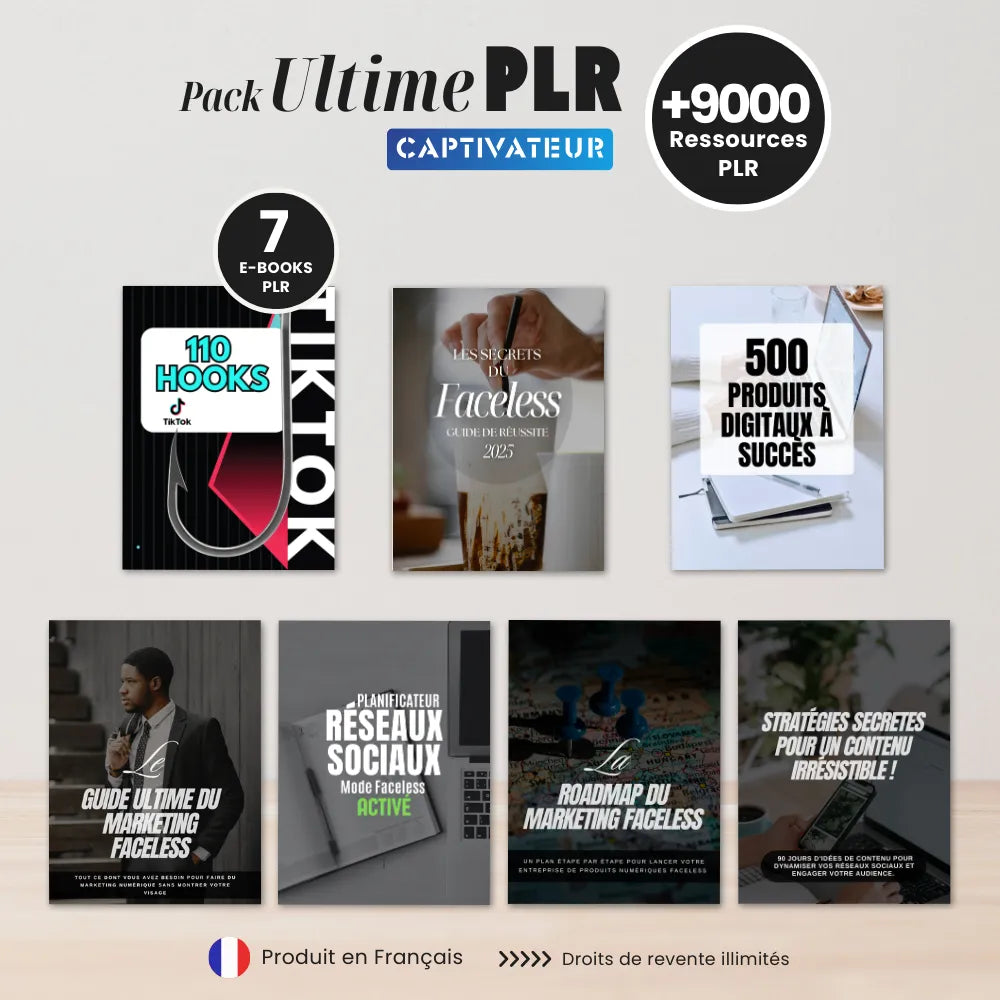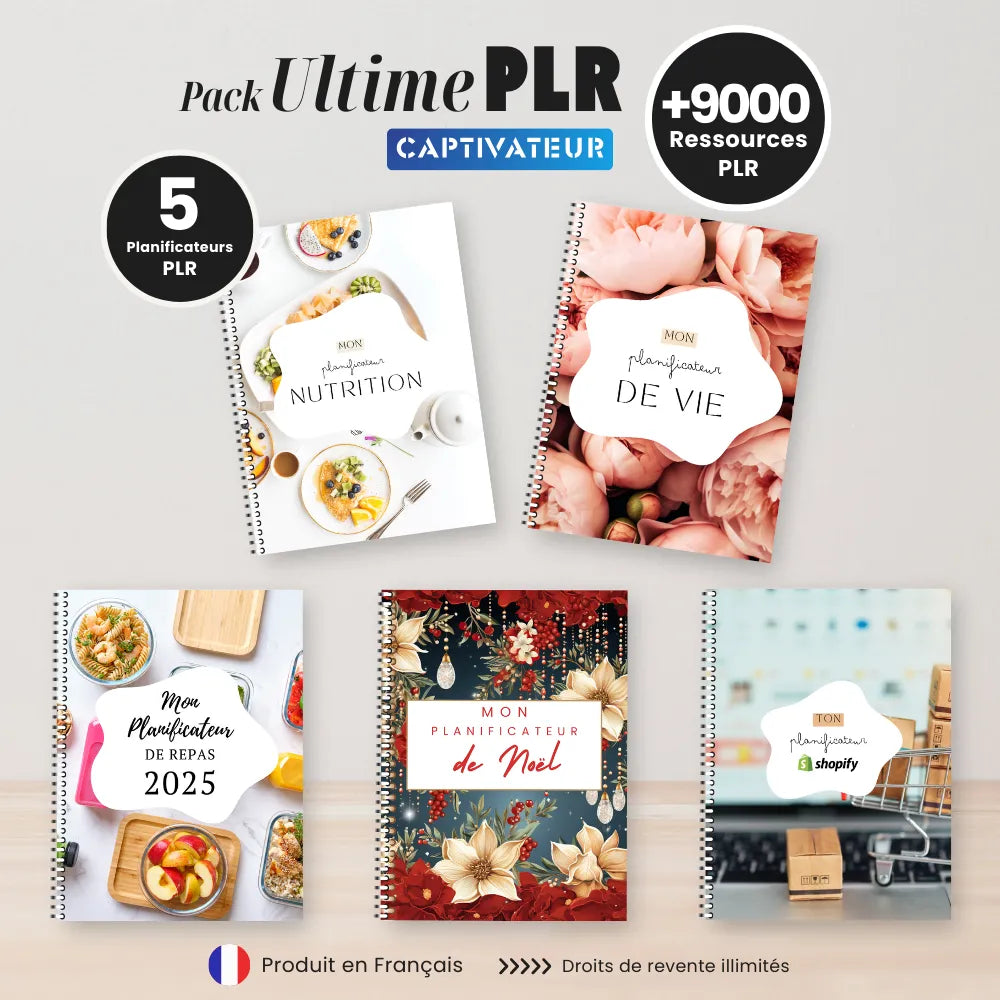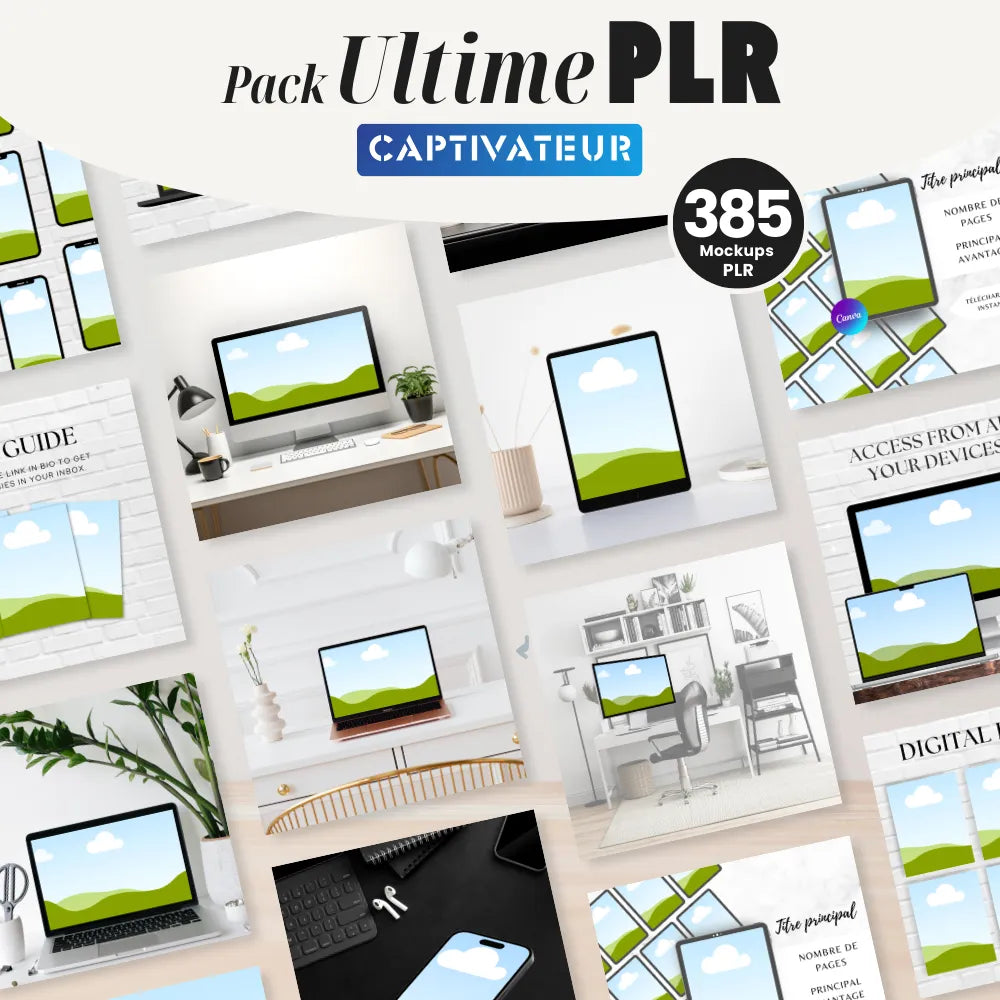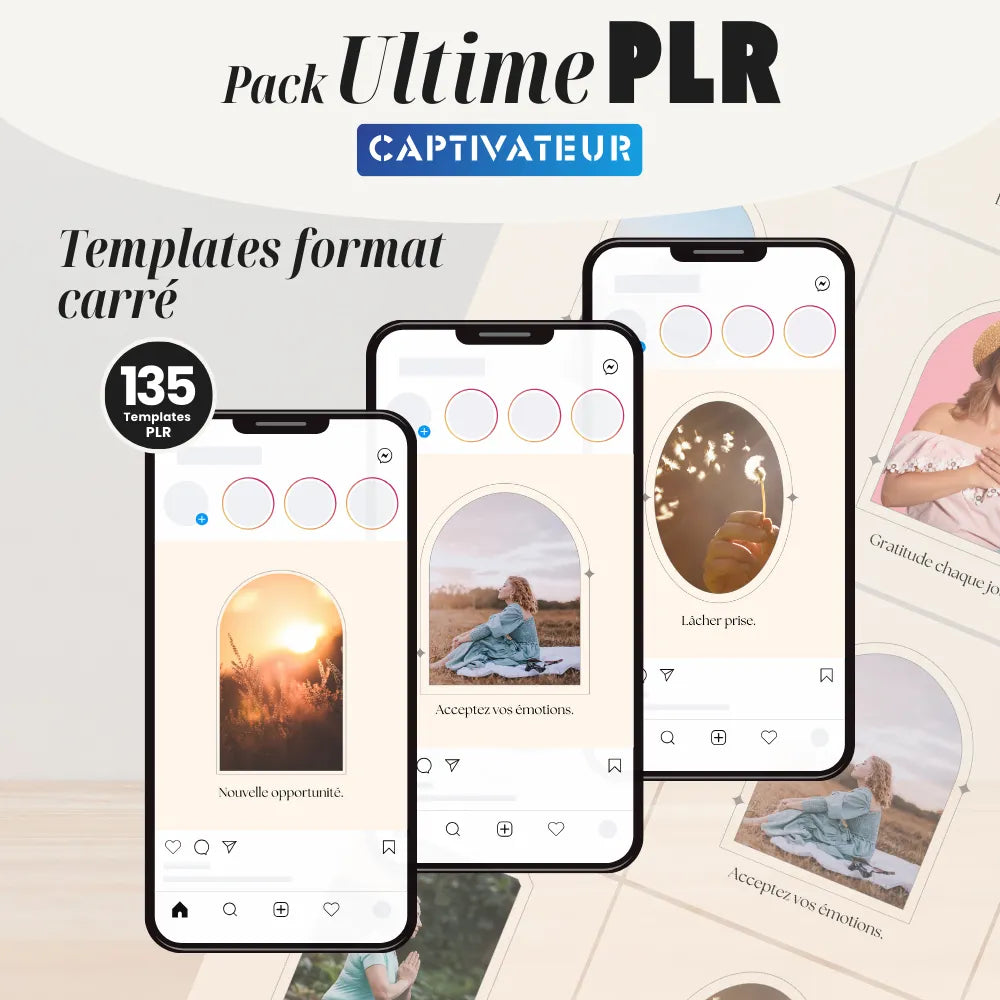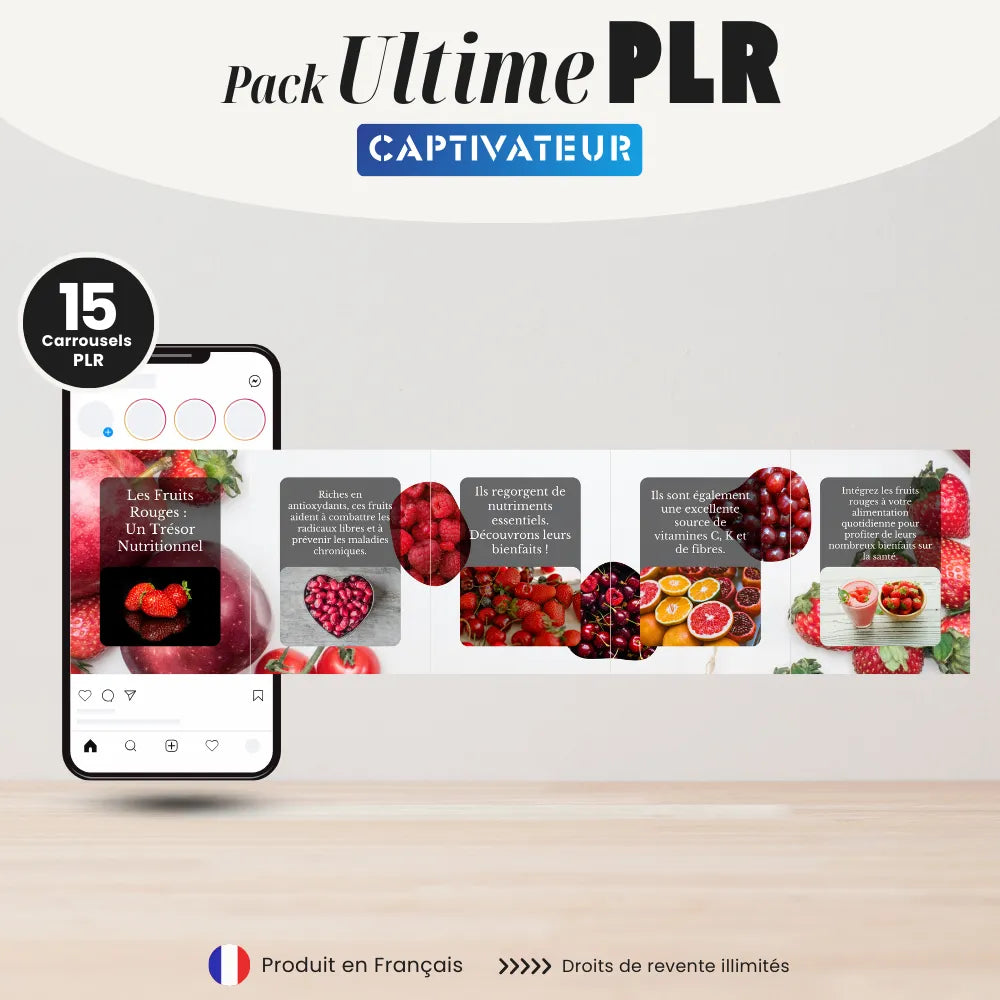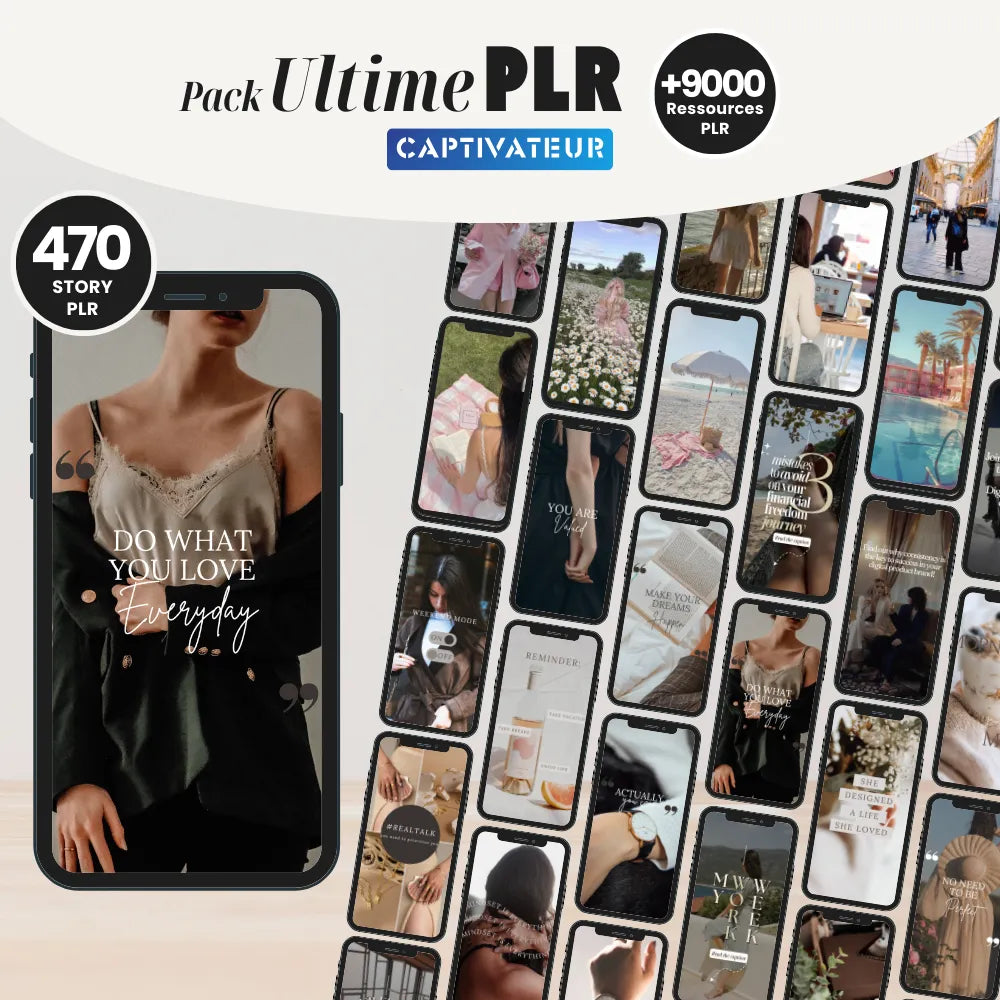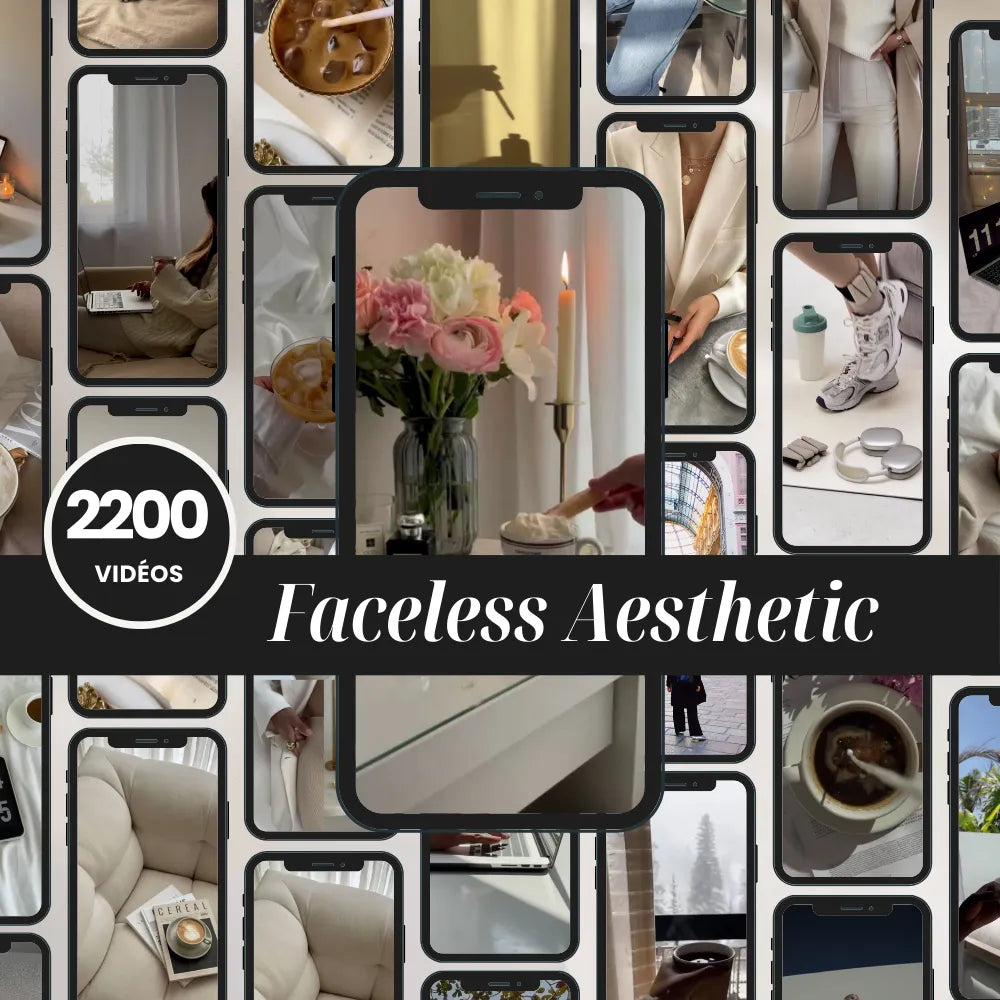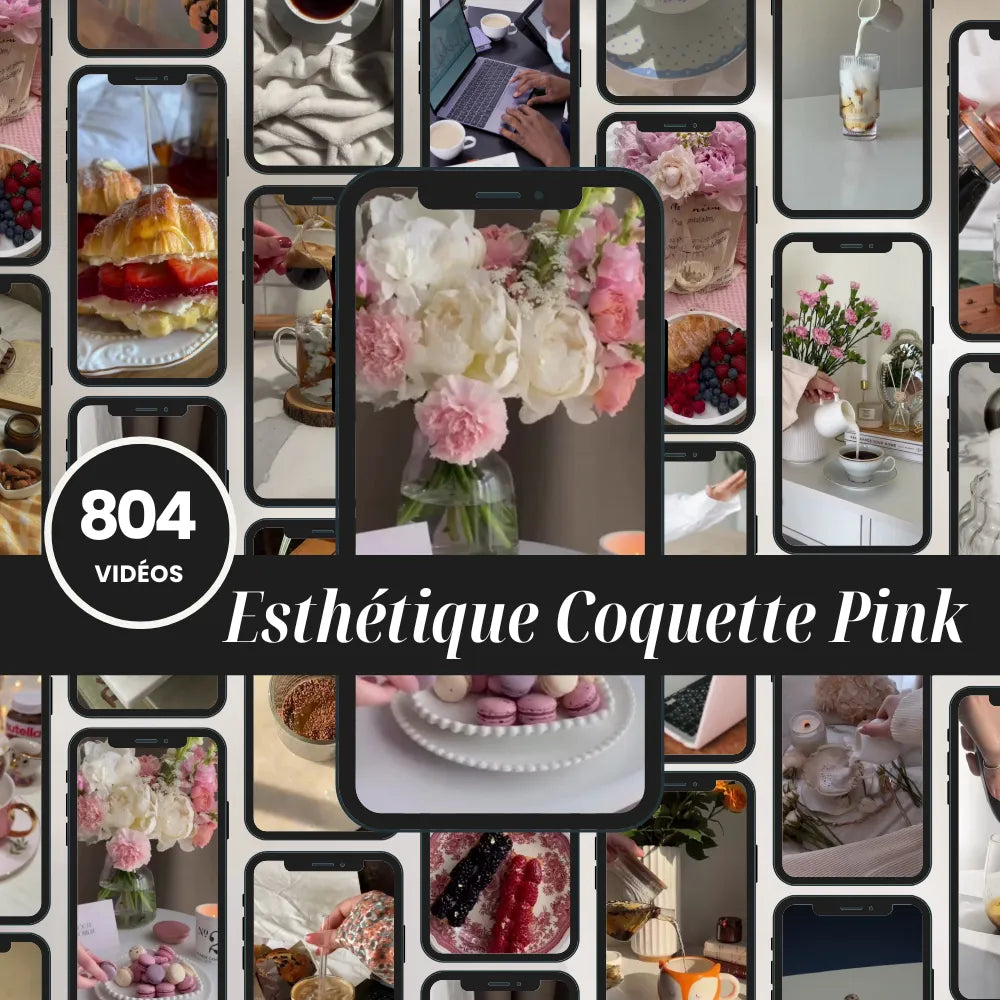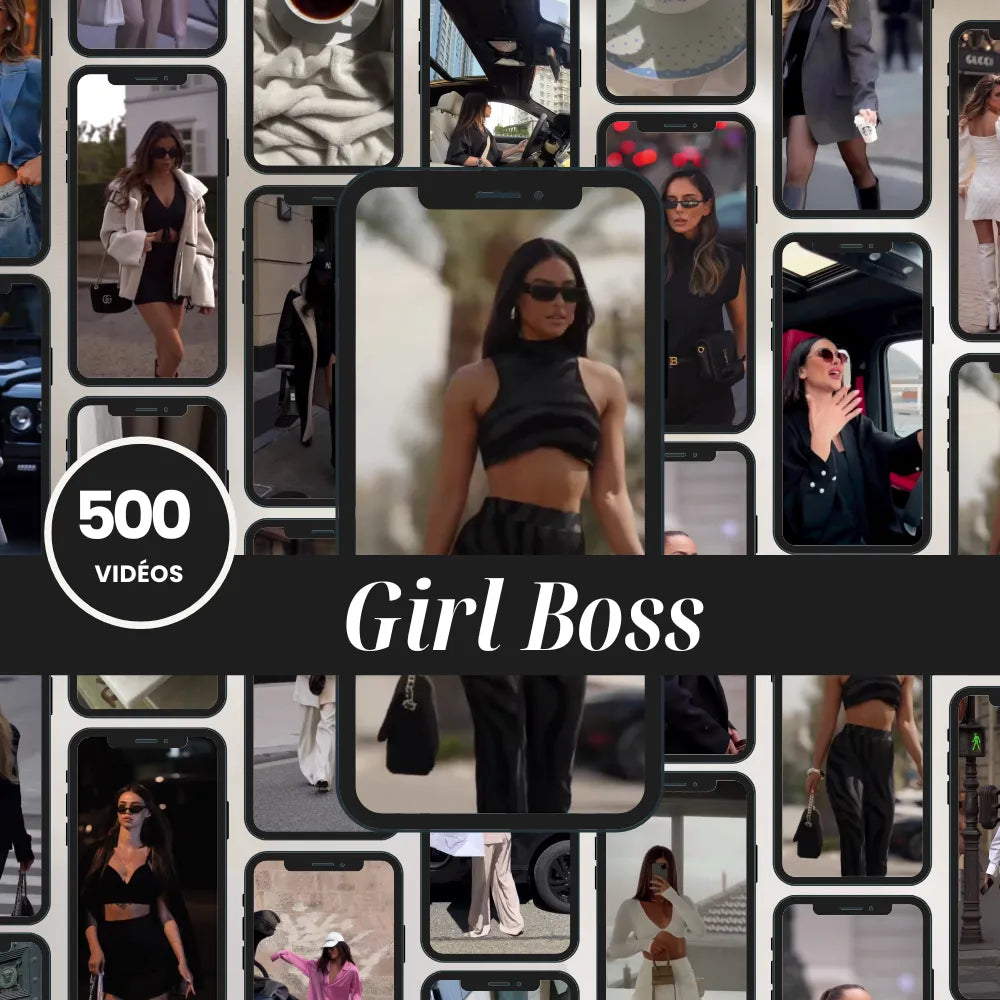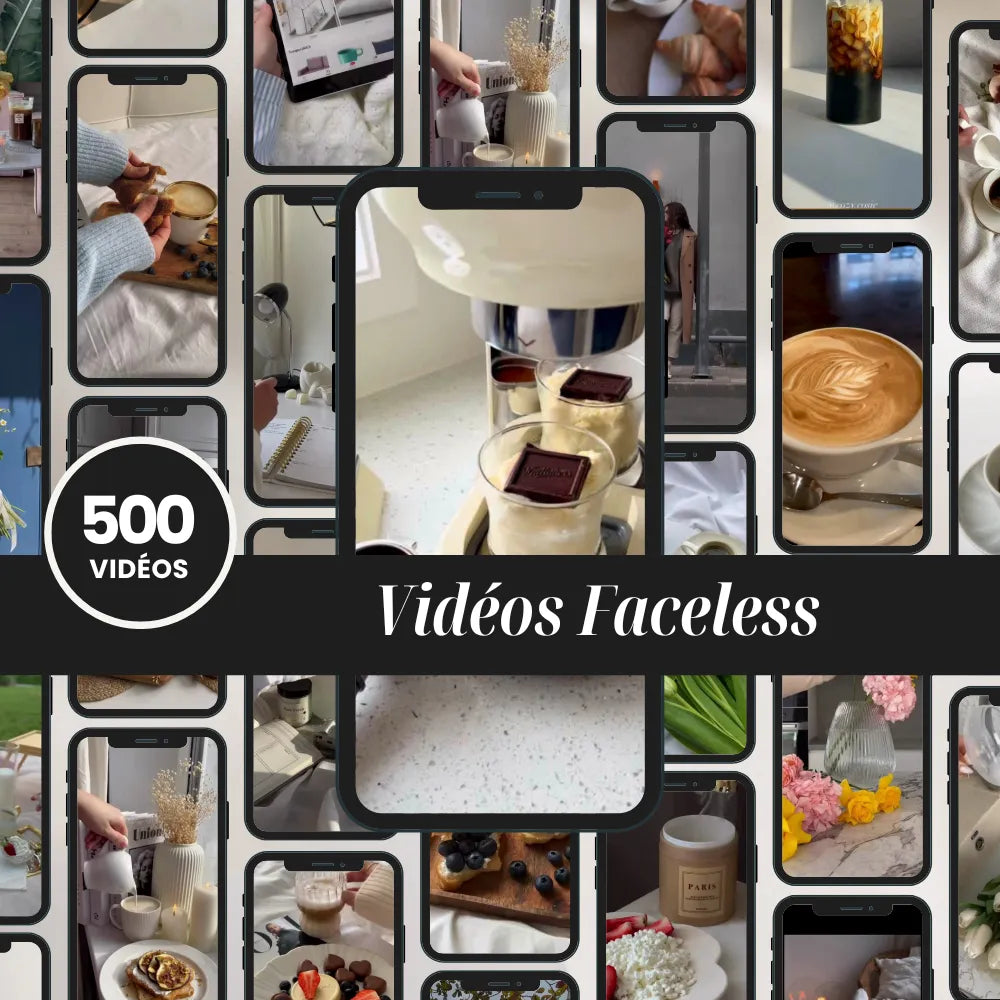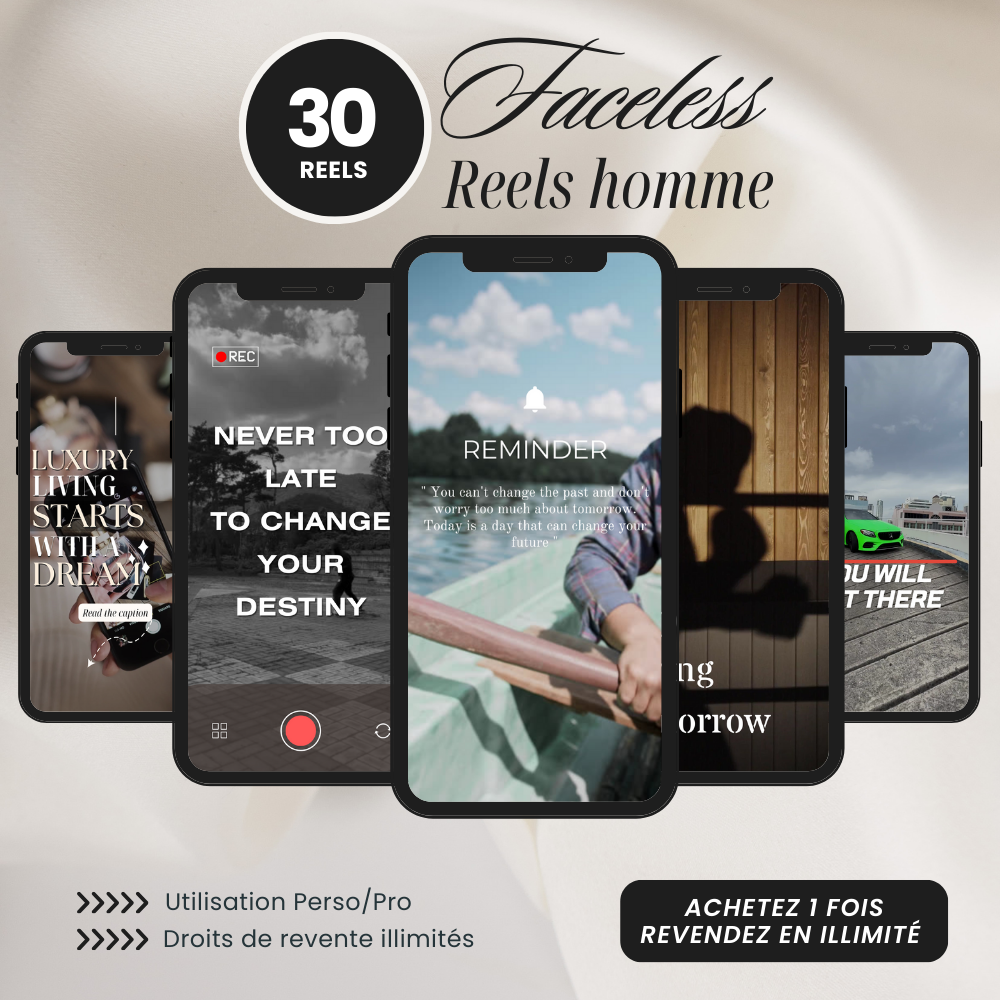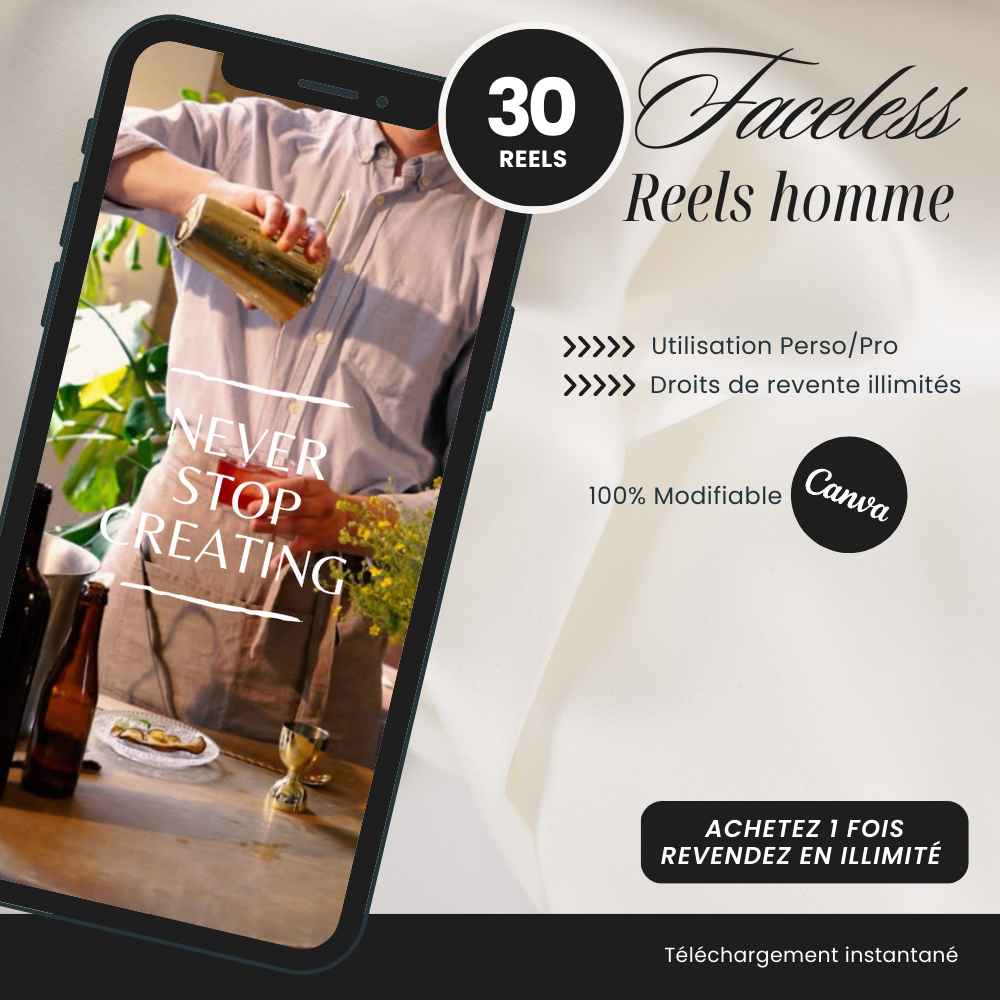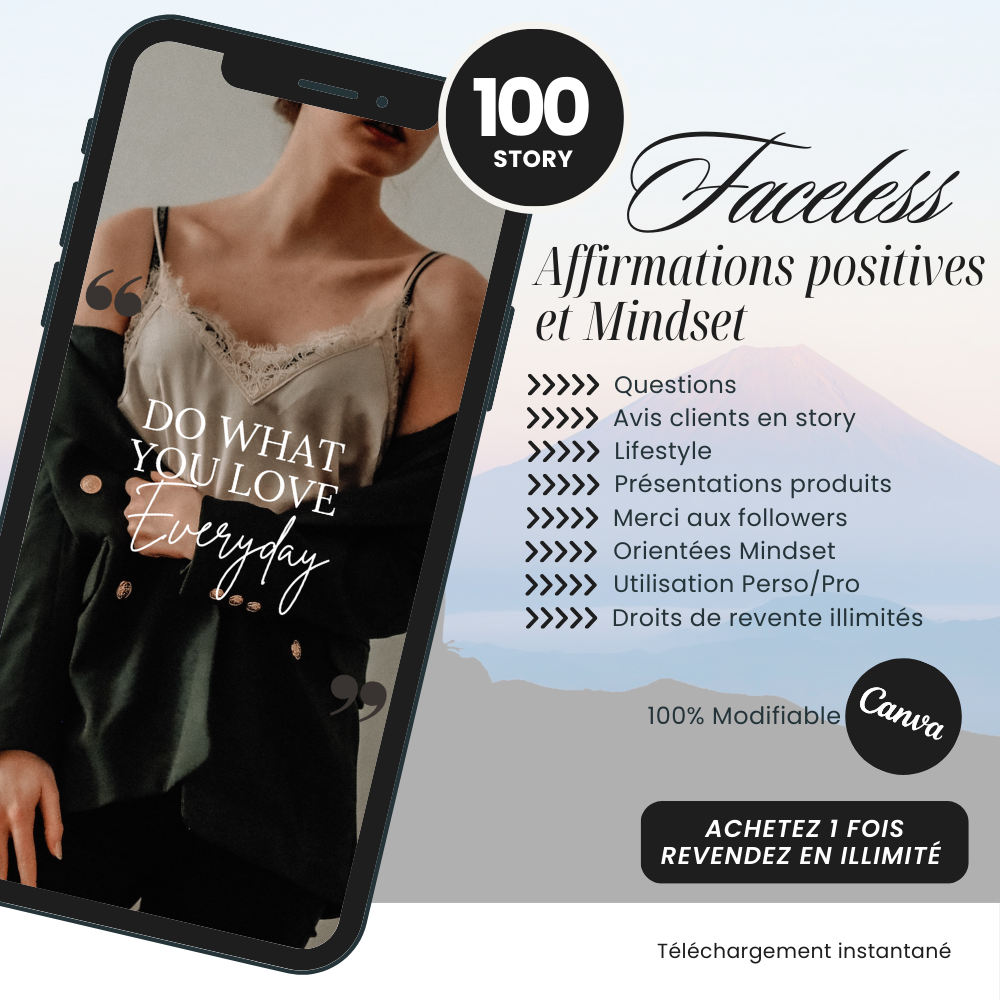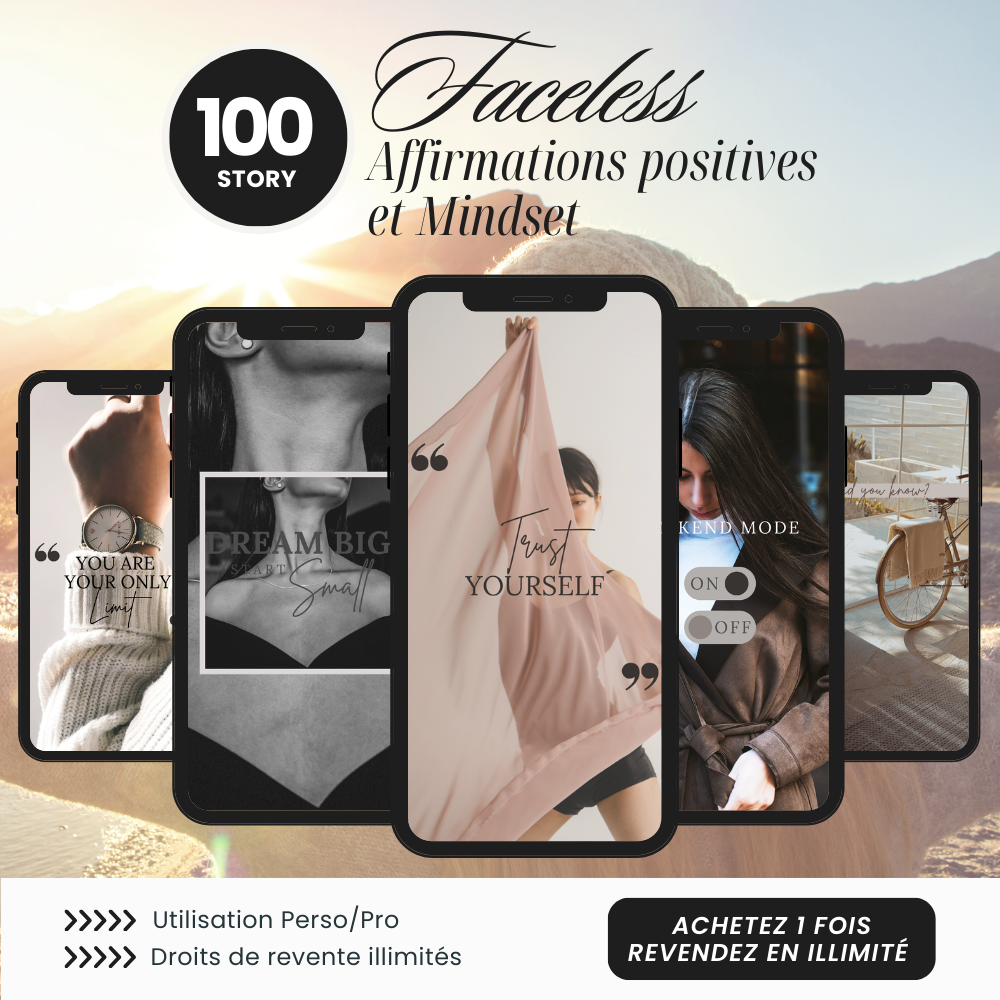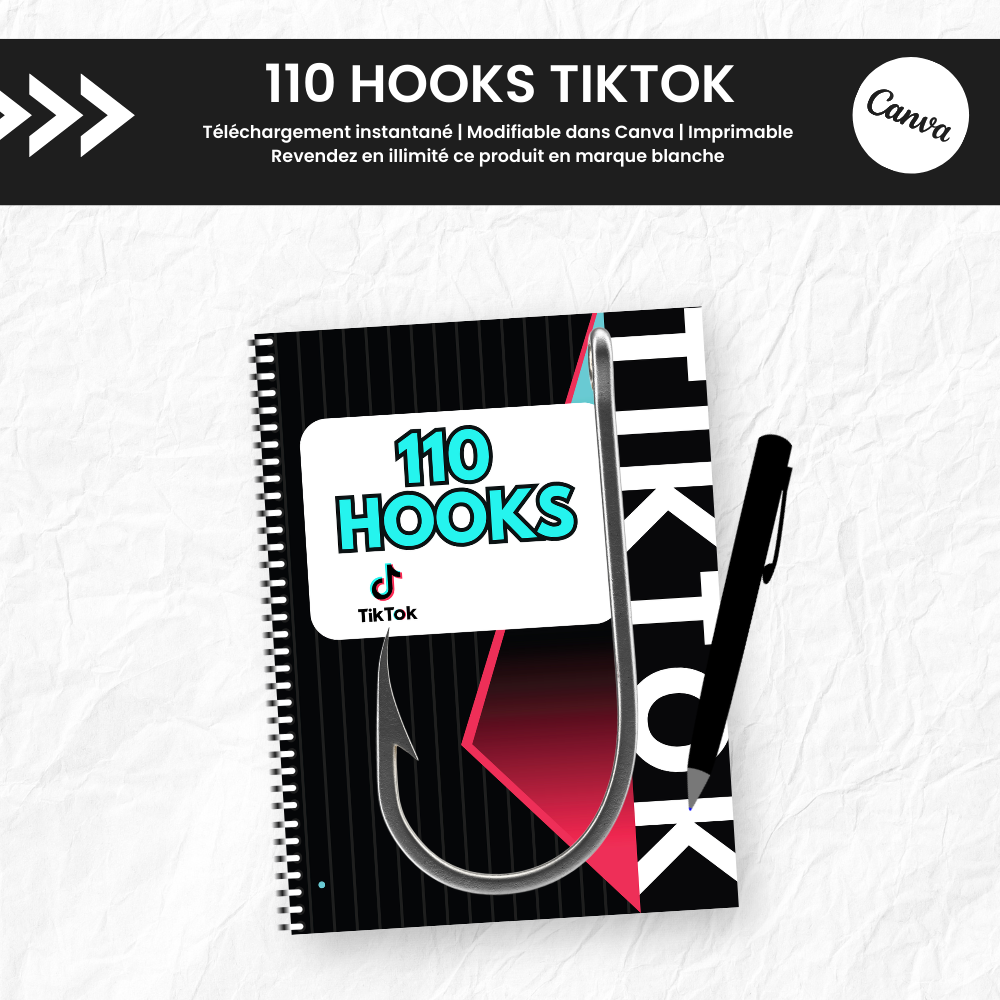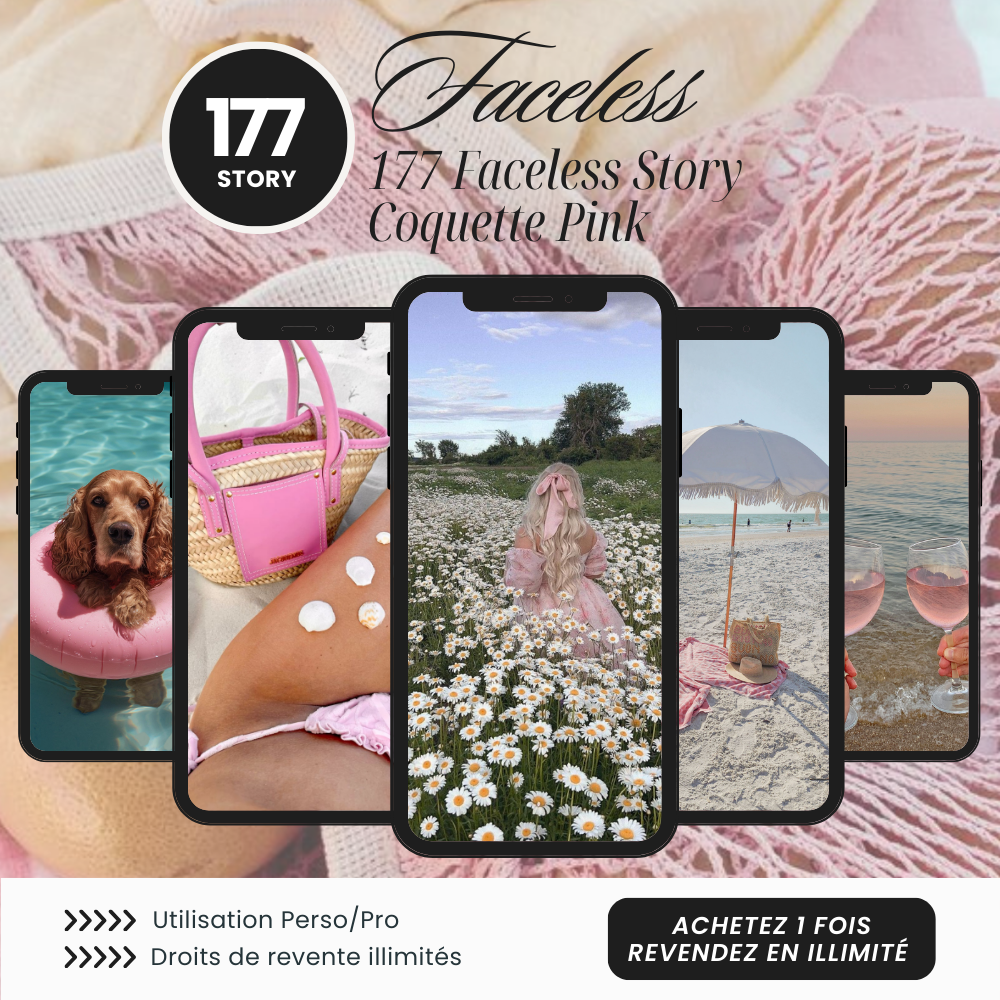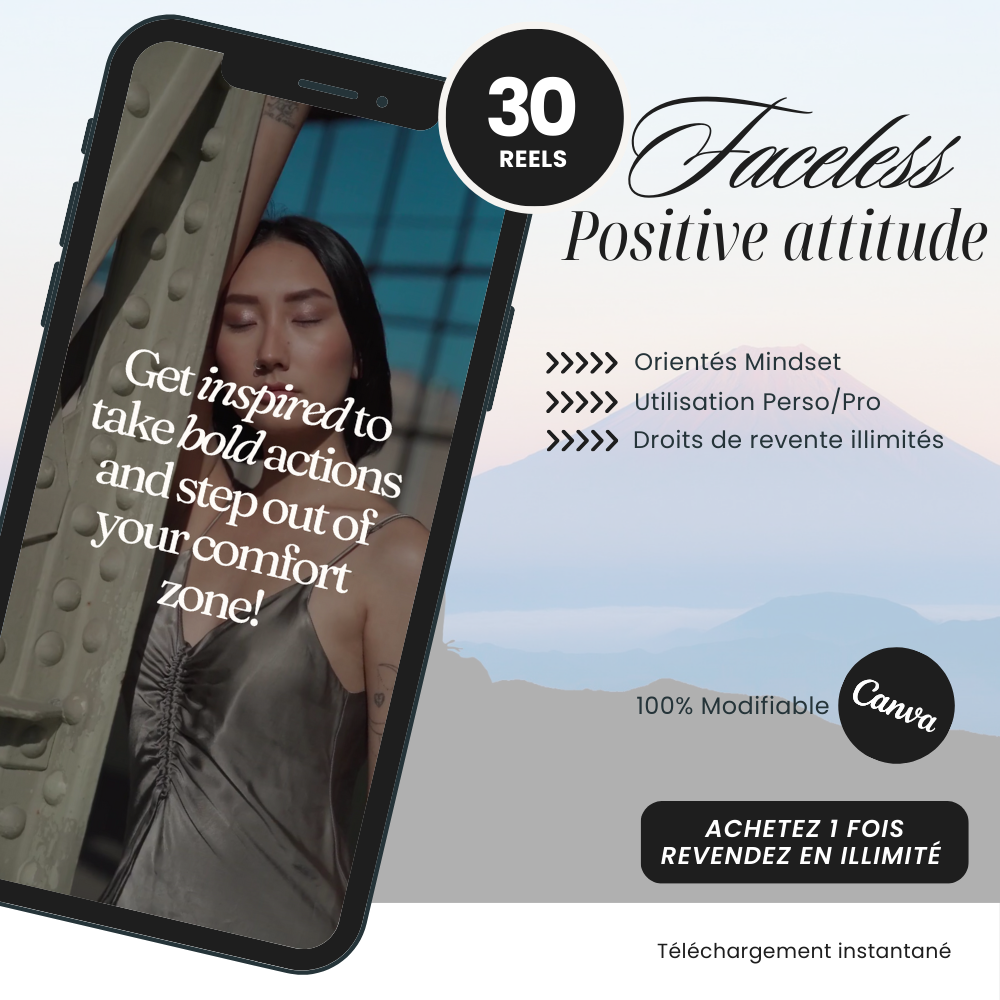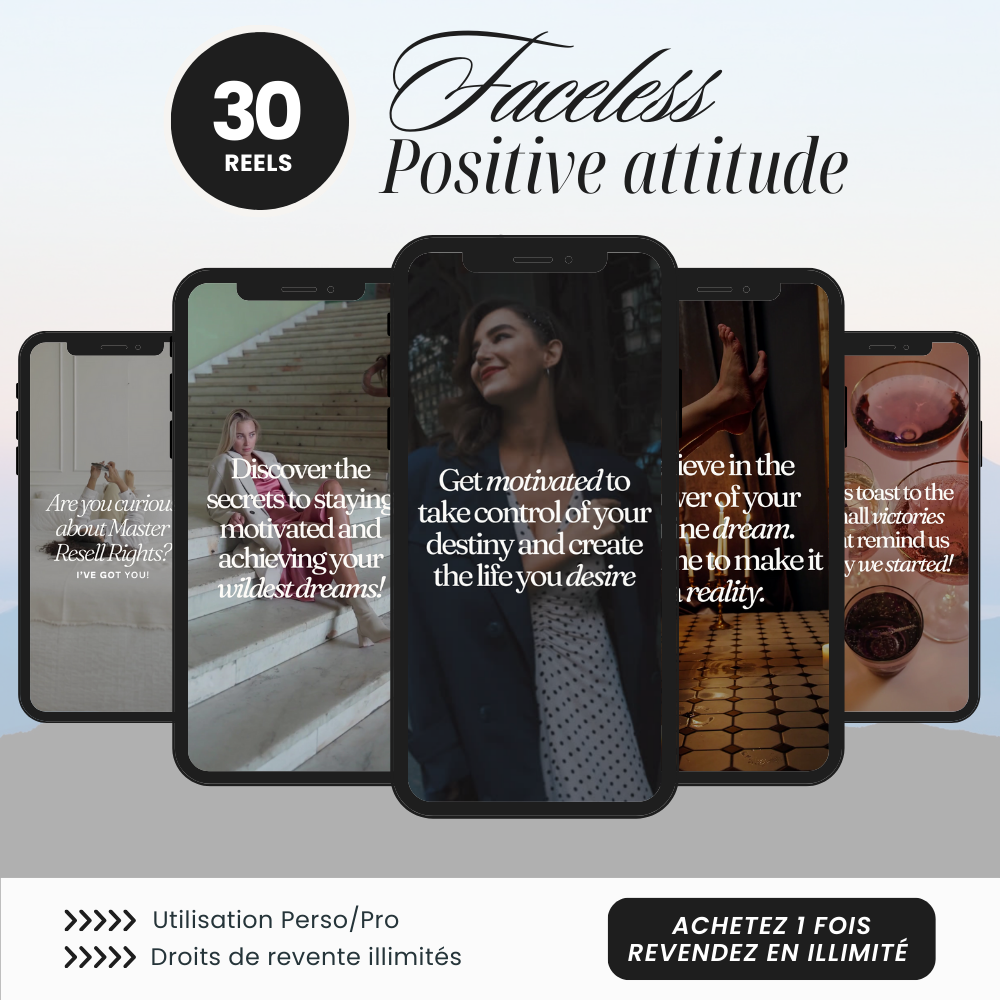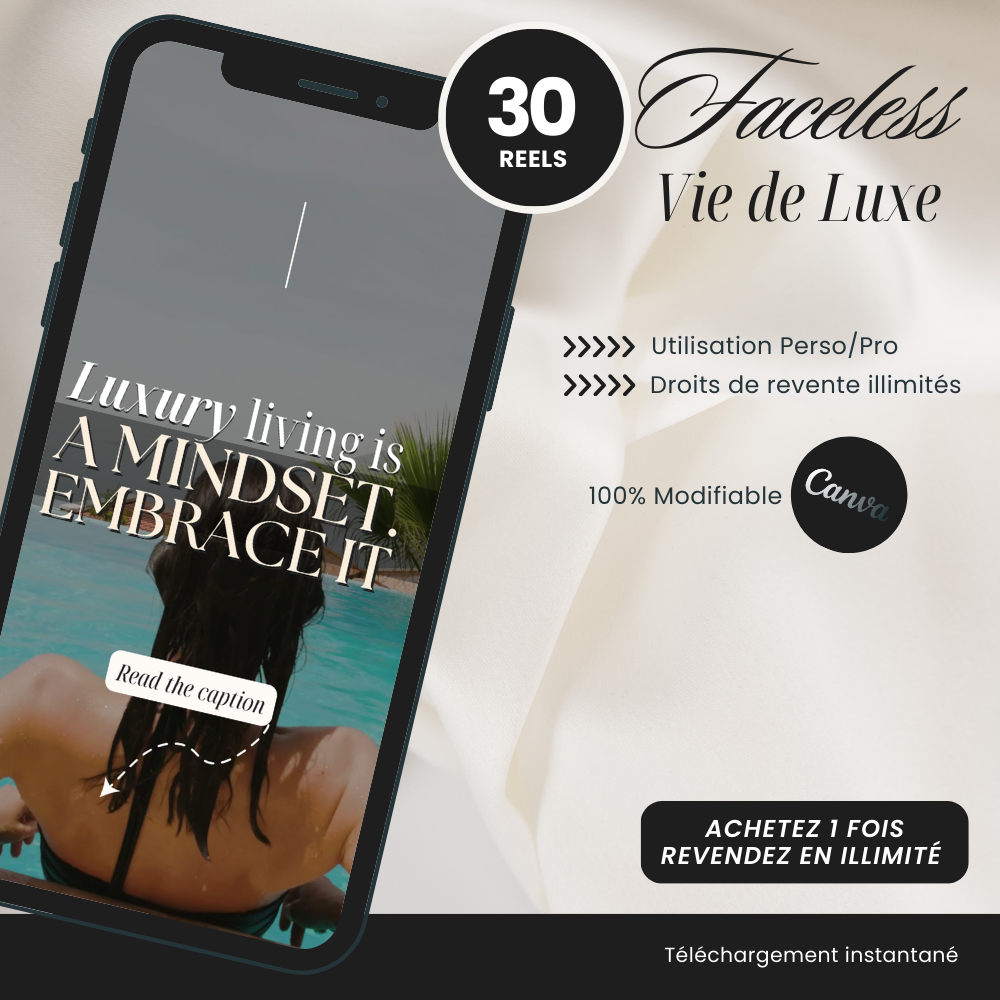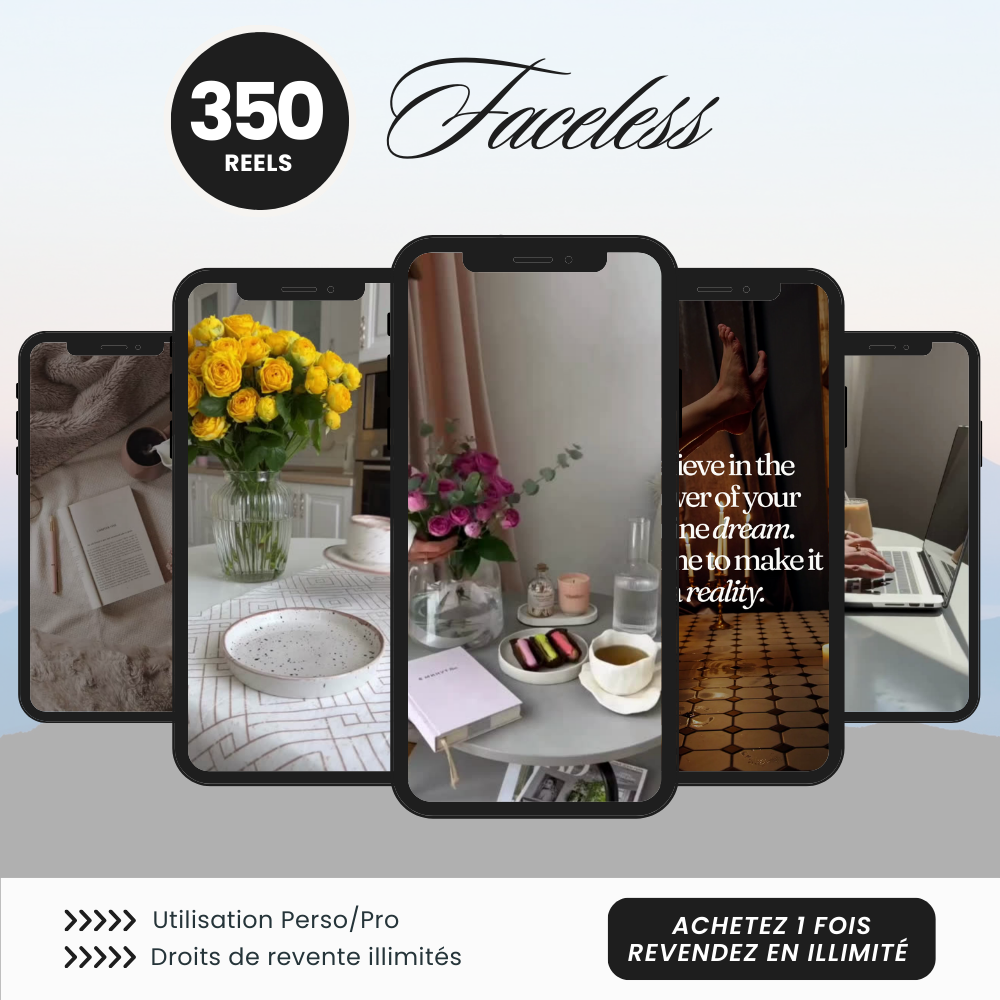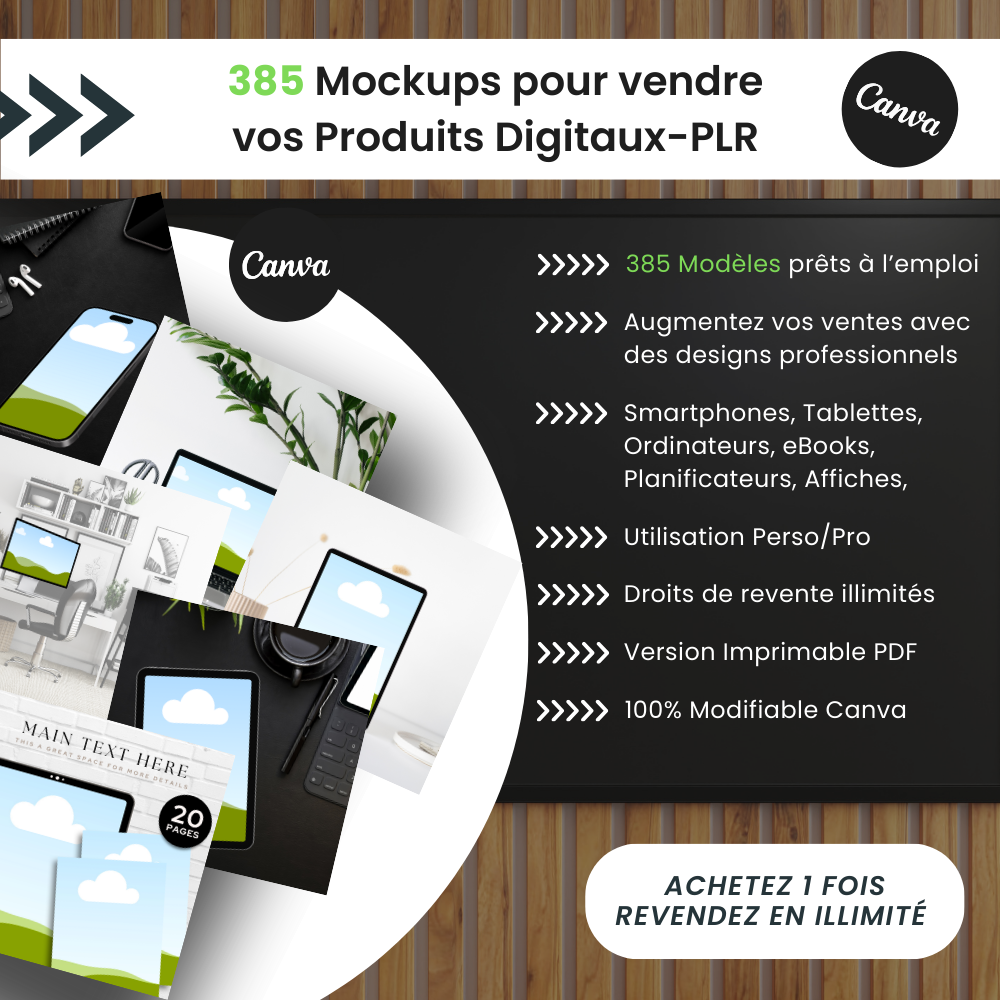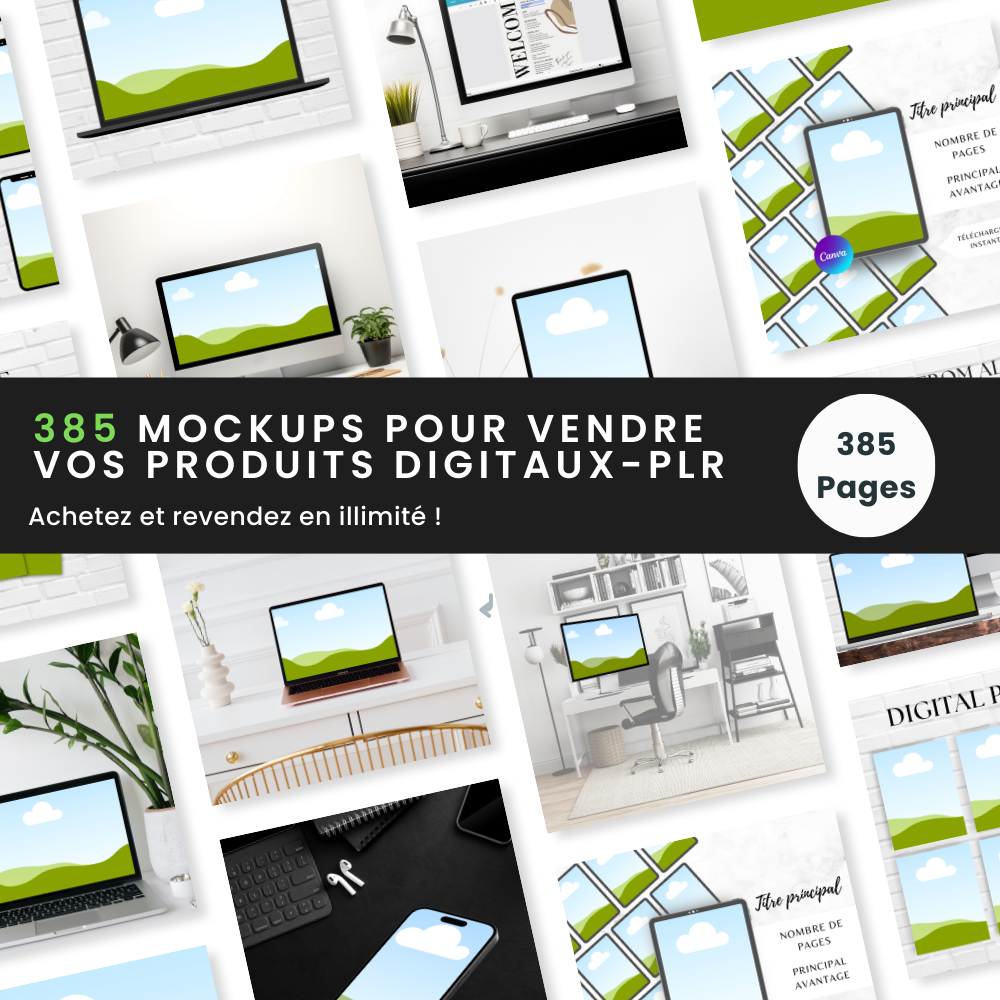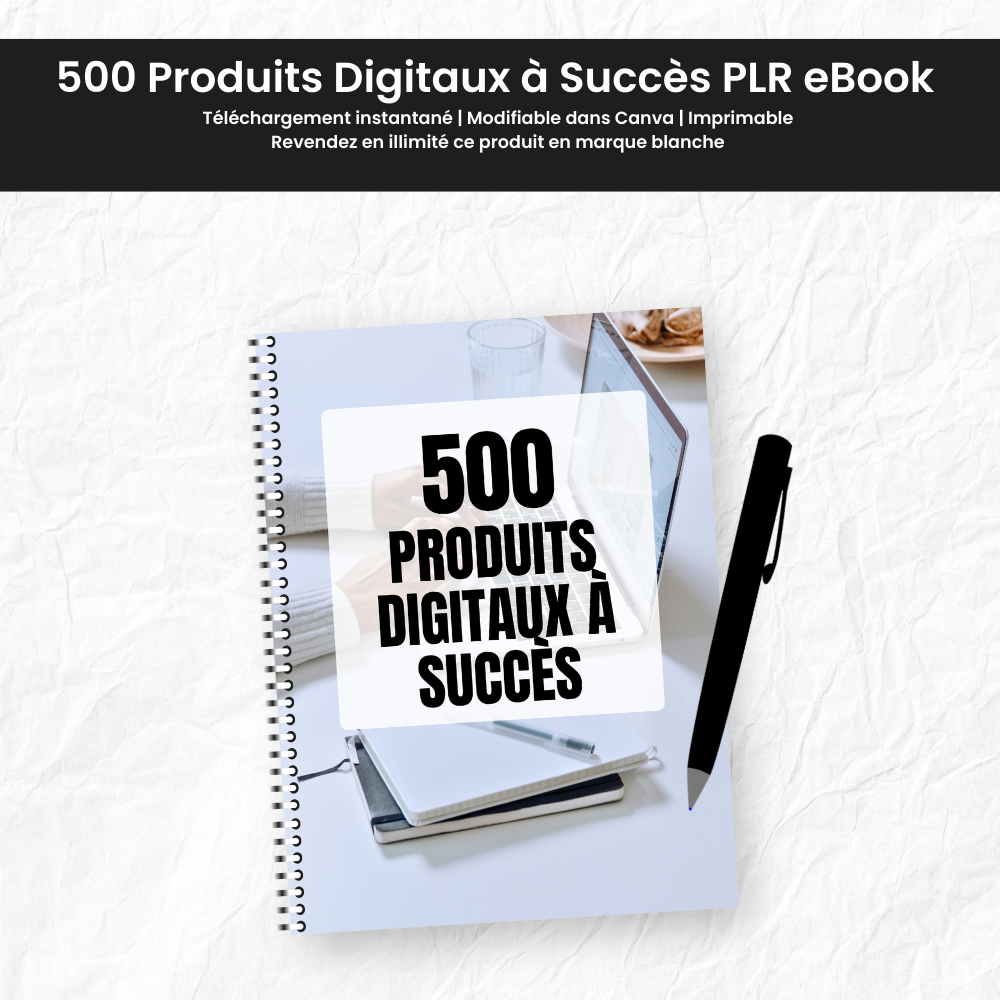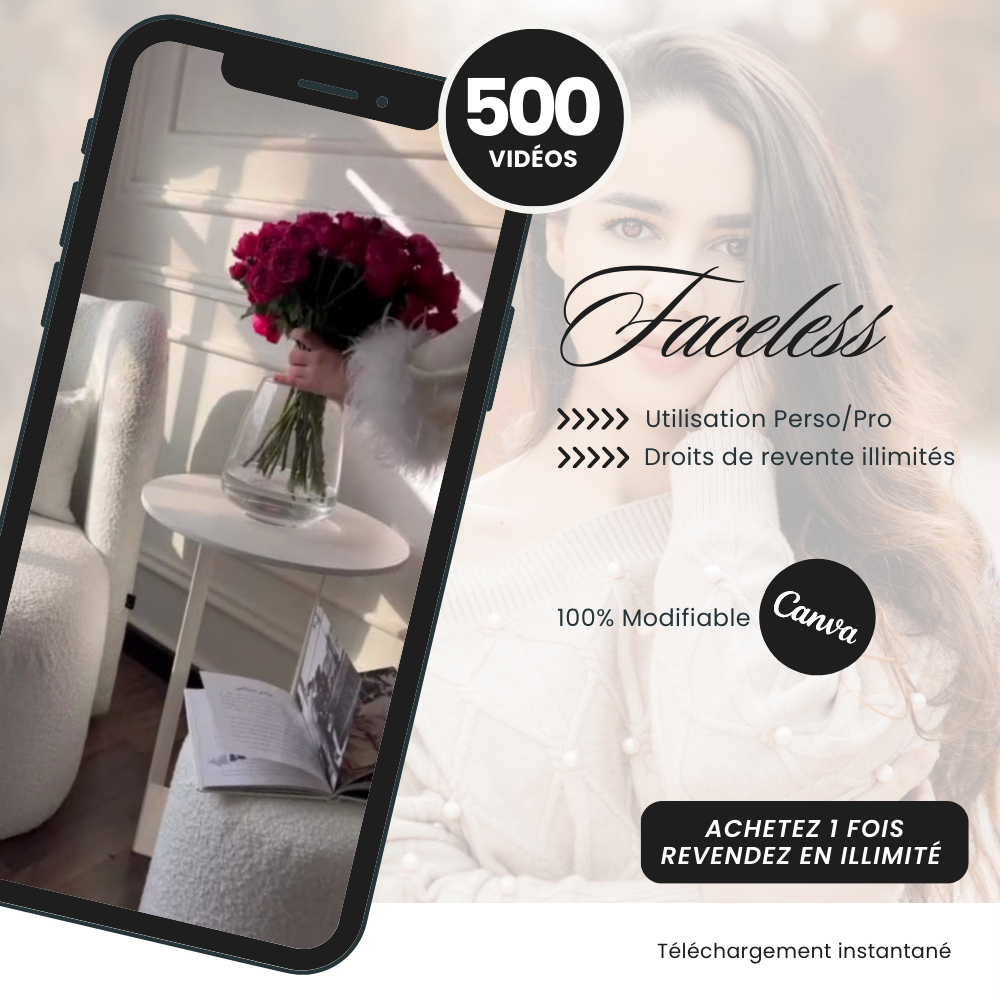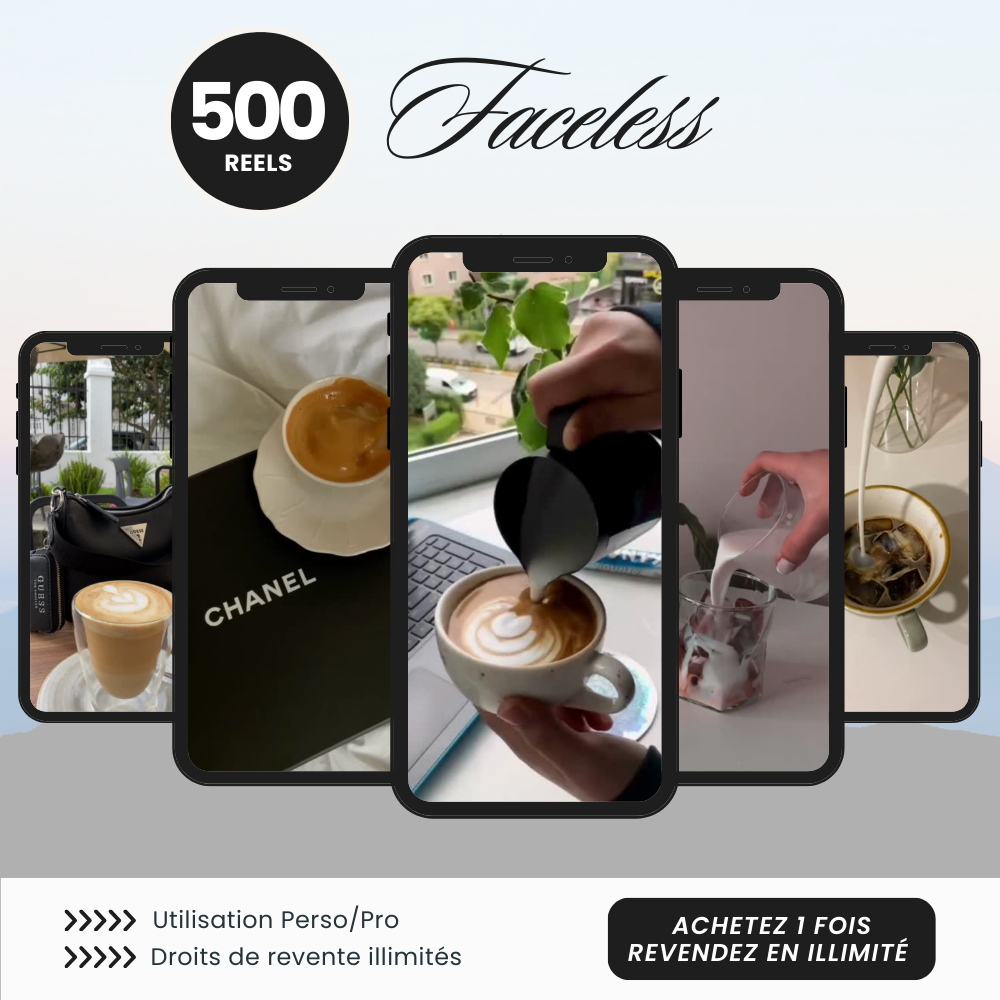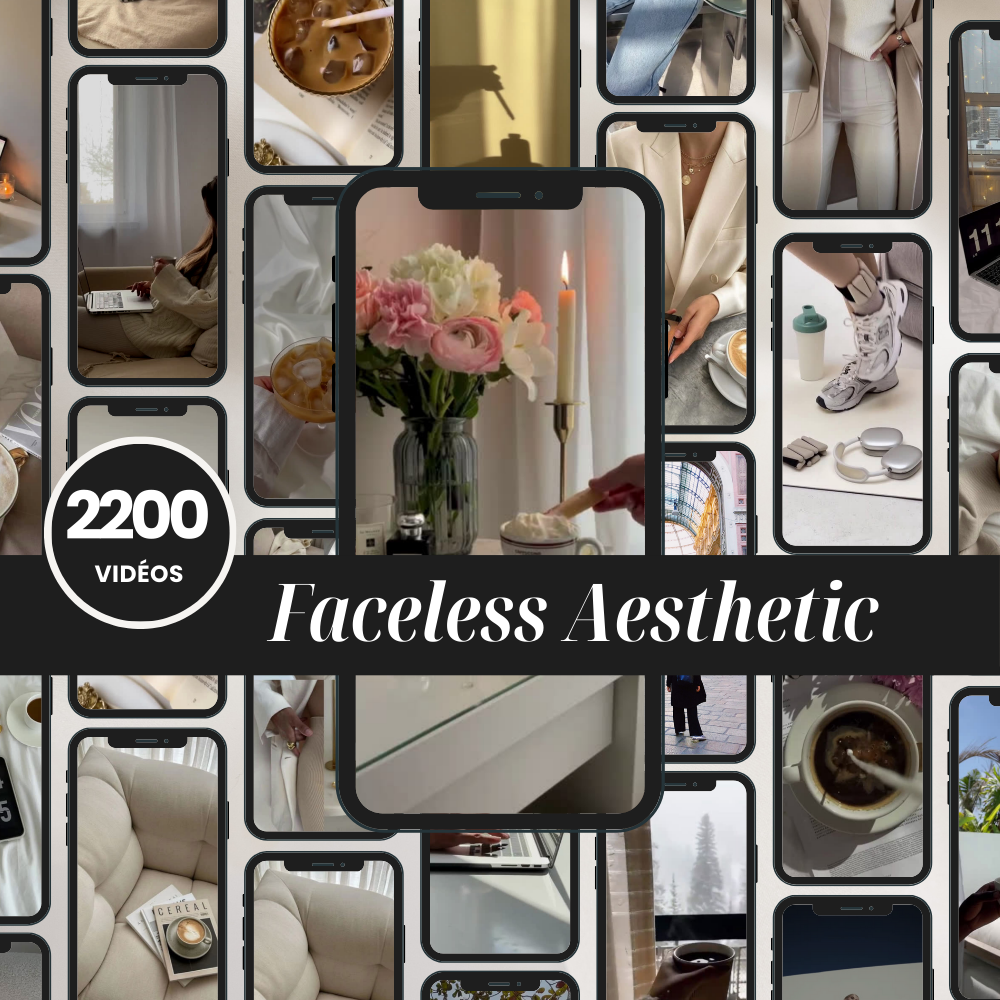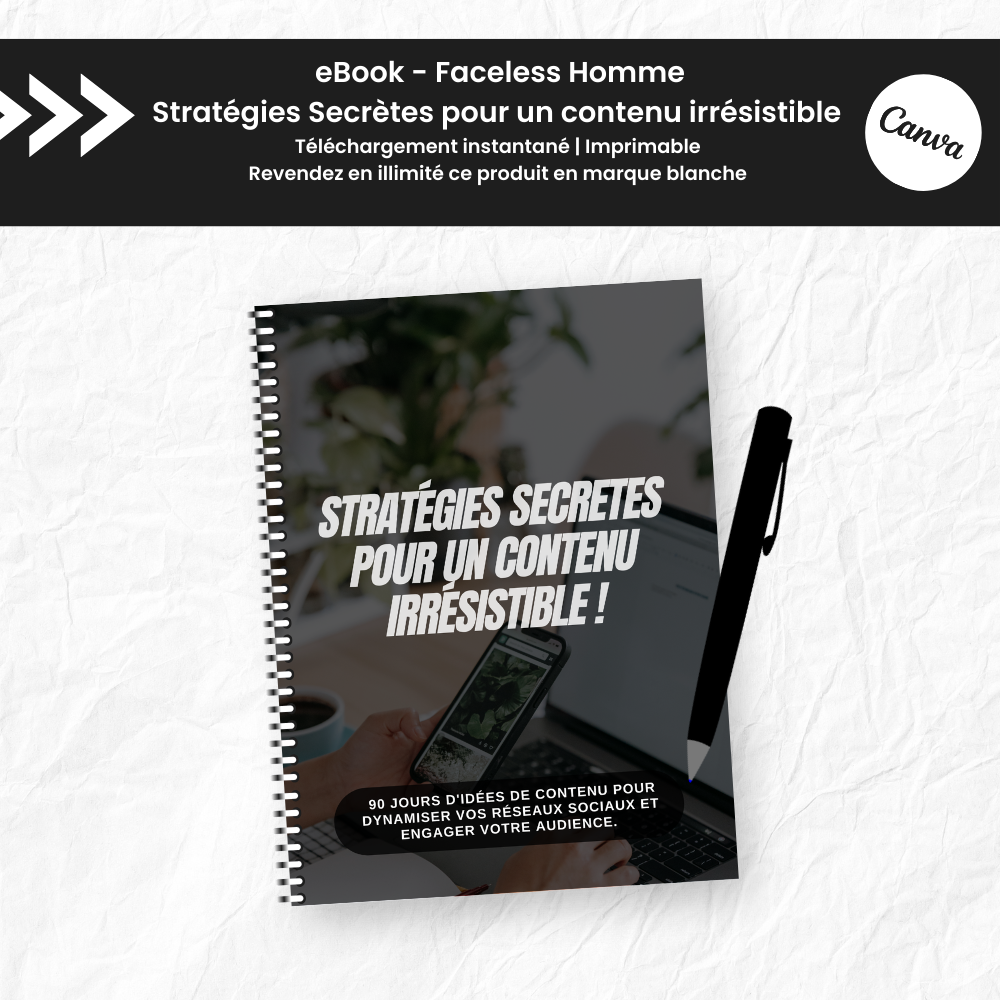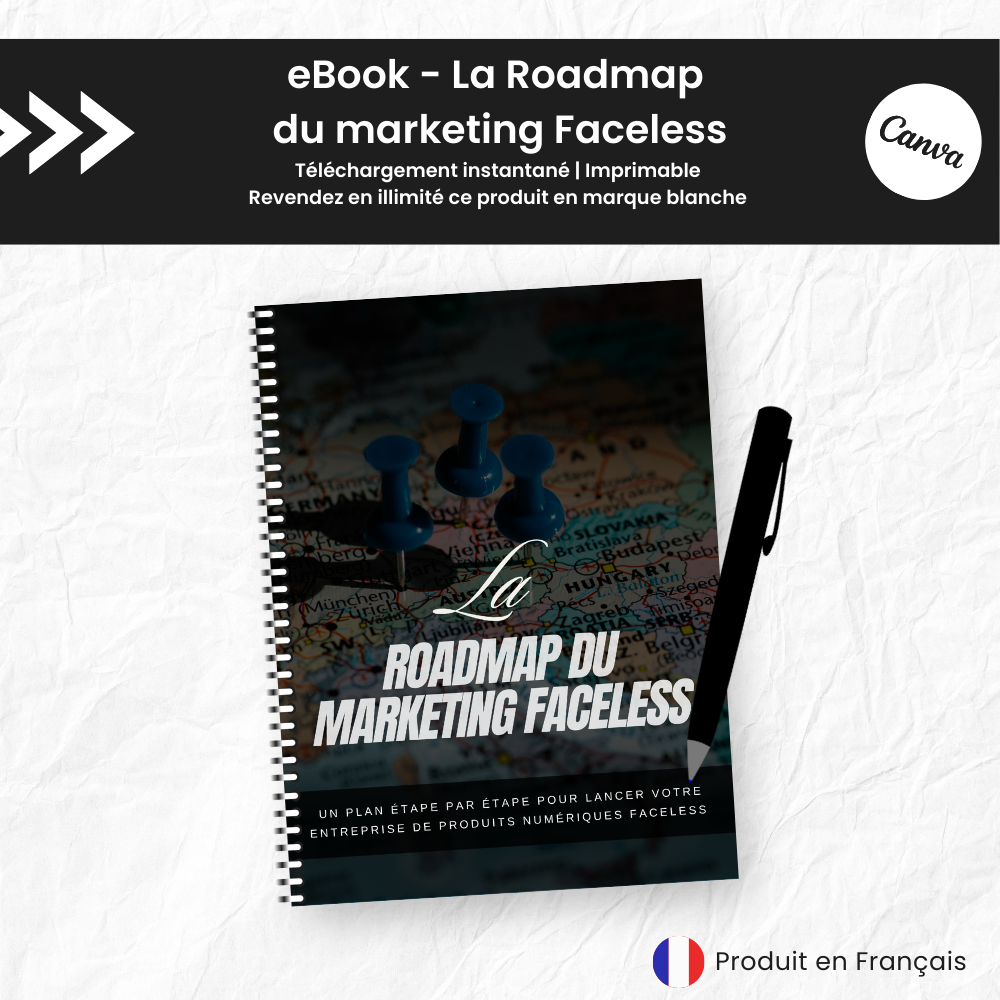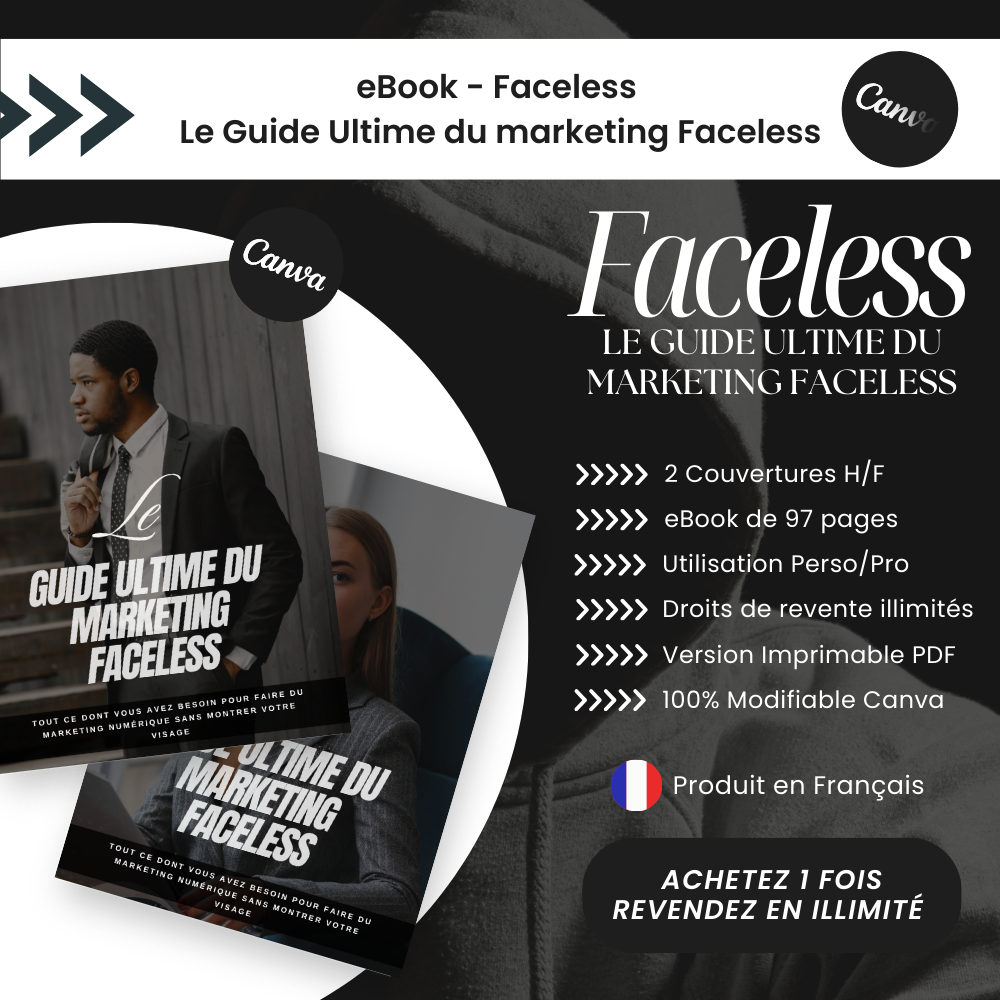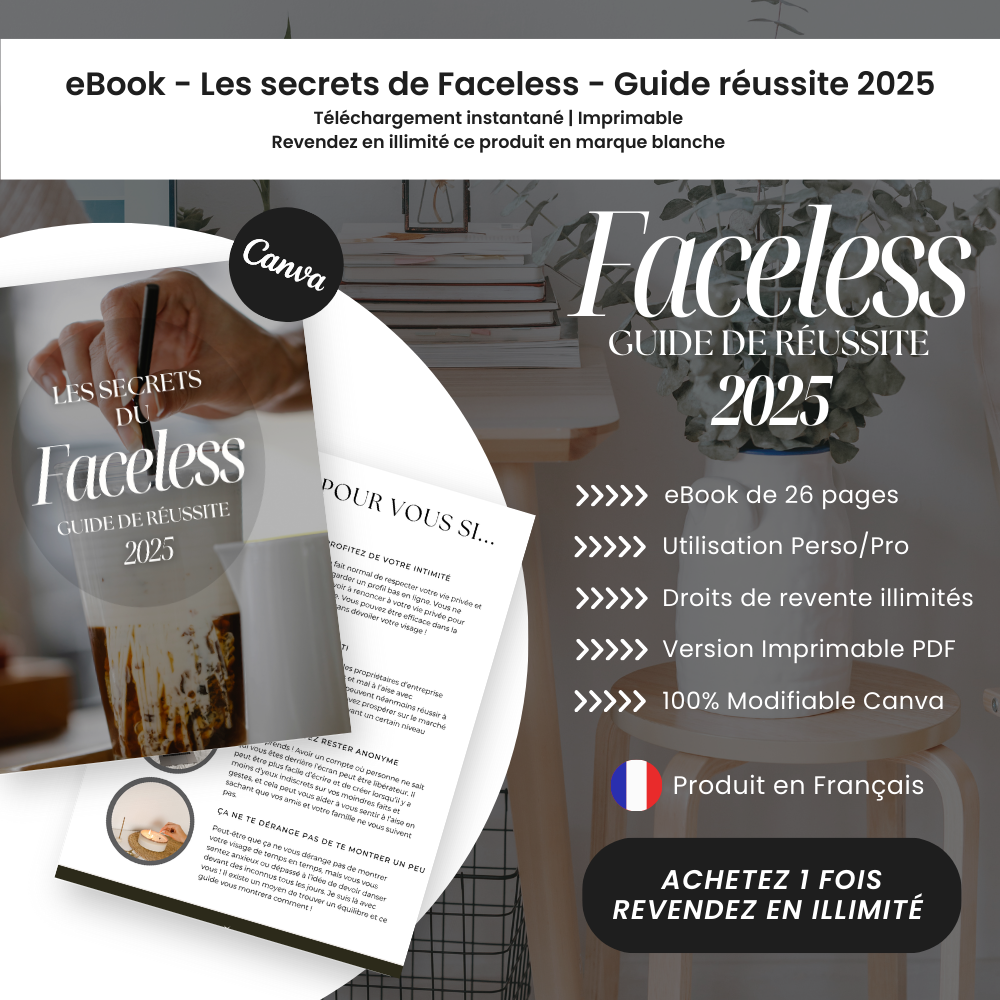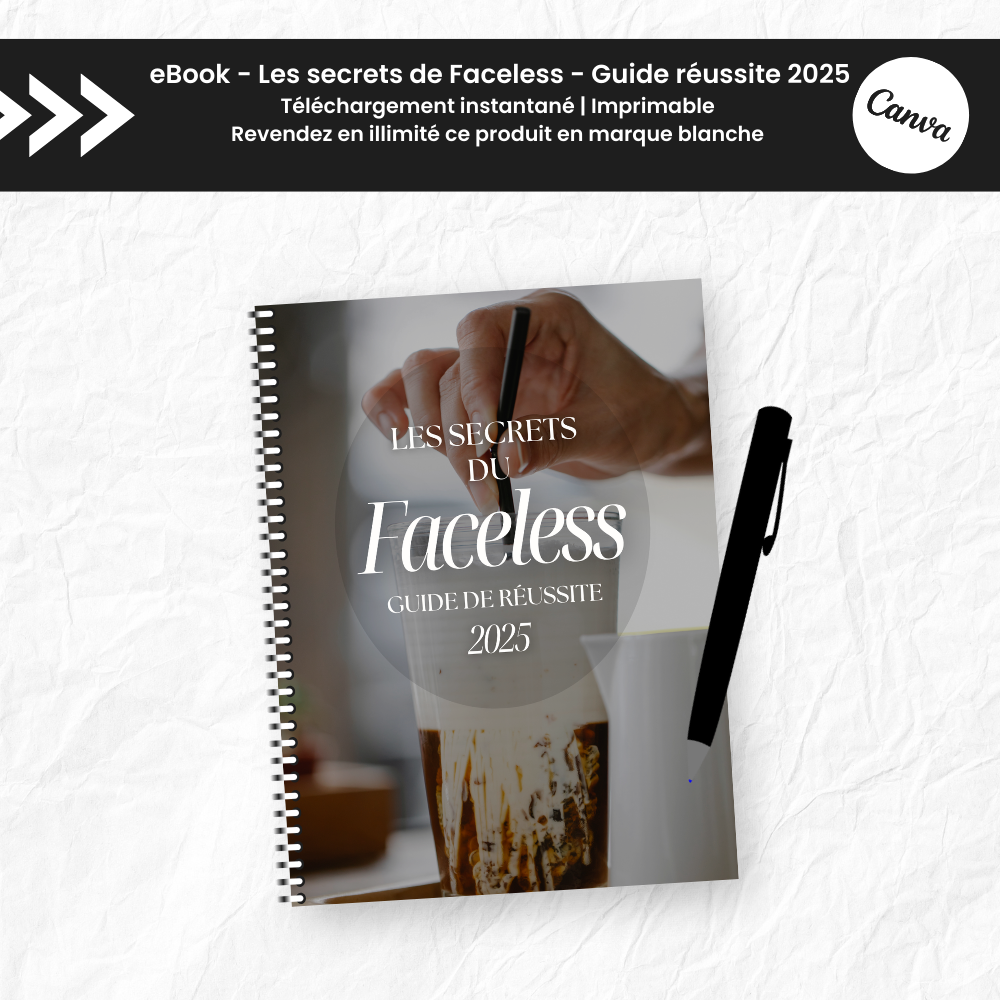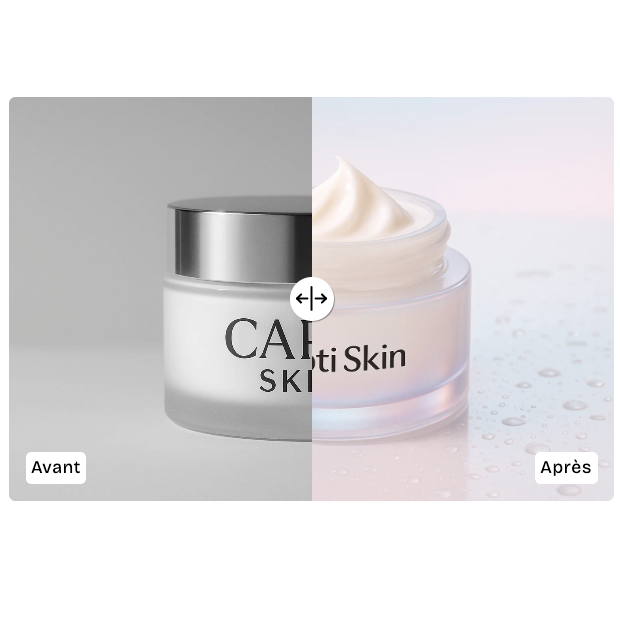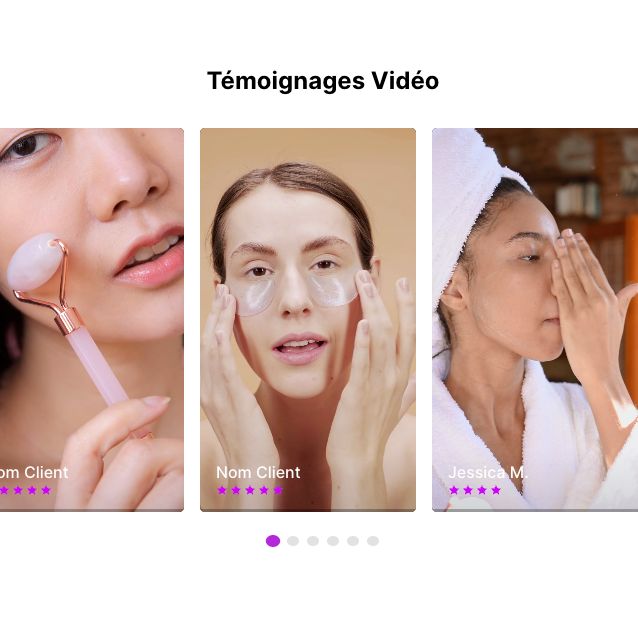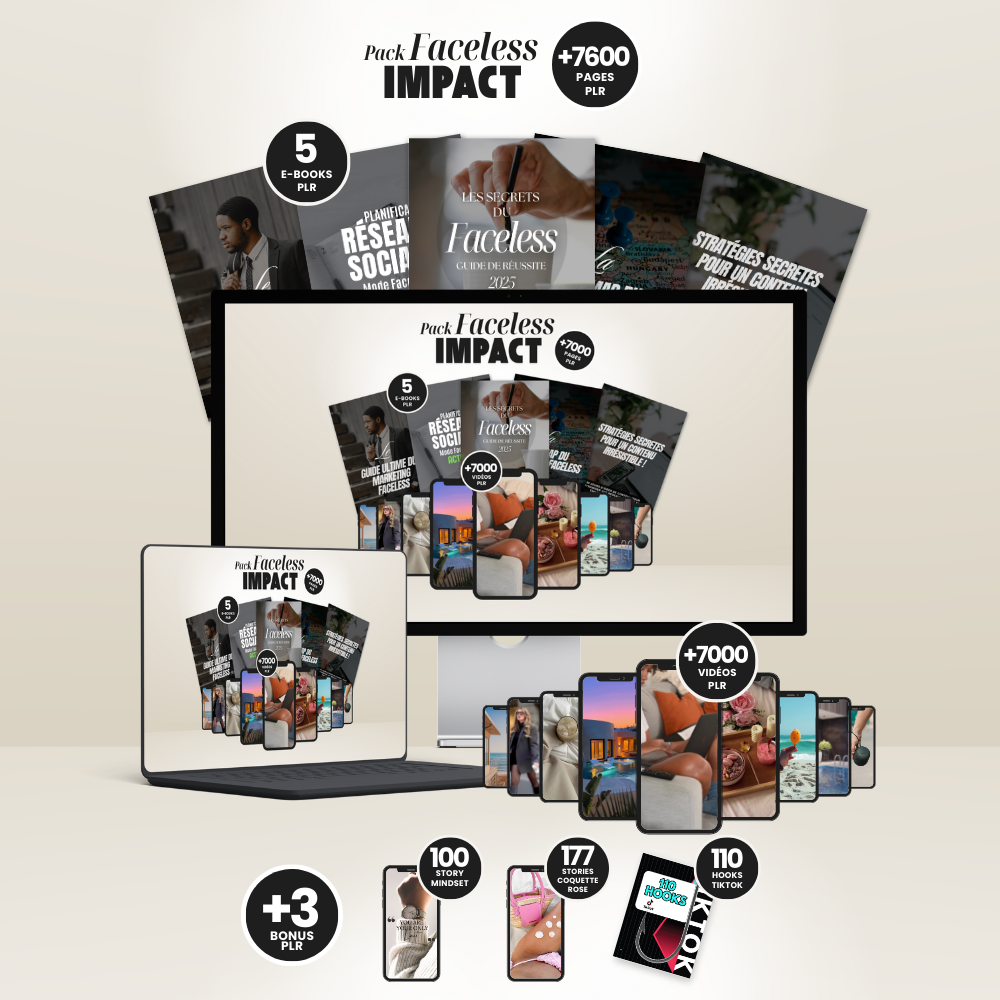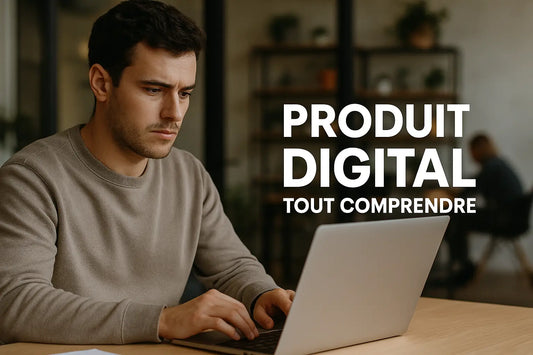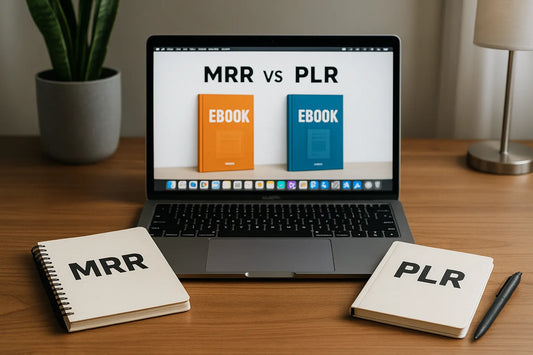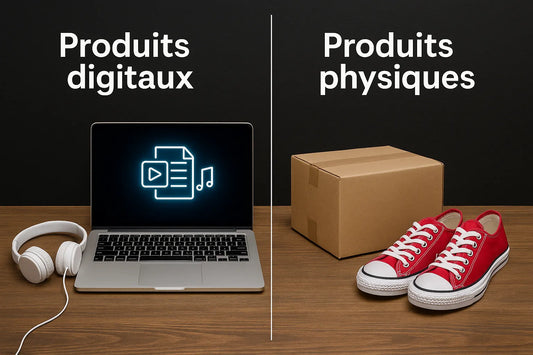Quick answer: A PLR Product is royalty-free content that you can modify, rebrand, and resell. When used effectively, it accelerates your launches and strengthens your offering without requiring you to start from scratch.
Estimated reading time: 13 minutes
- What is a “royalty-free” PLR product?
- Origins and evolution of the PLR
- Differentiating between PLR, MRR, RR, Creative Commons and the public domain
- Why use a royalty-free PLR product?
- Advantages and limitations of a PLR product
- How to evaluate the quality of a PLR product
- Choosing a promising PLR niche
- Customize a royalty-free PLR product
- Monetization strategies
- Distribution and sales ecosystem
- SEO for royalty-free PLR product
- Legal framework and licenses
- Comparative table
- Mistakes to avoid
- Case studies
- FAQ
- Conclusion
What is a “royalty-free” PLR product?
A Private Label Rights ( PLR) product is ready-to-use content—ebook, audio, video, graphic design, newsletter template, mini-course, script, or even small software program—sold with a broad rights license . In practice, “ royalty-free ” means you get the right to modify , rebrand (add your name and trademark), repackage , and resell this content. It's a powerful shortcut: you capitalize on existing work while retaining the freedom to shape it to your liking.
The core promise: saving time without sacrificing quality. Instead of starting from scratch, you begin with a solid foundation. You refine the style, add your examples, update the data, structure everything according to your editorial guidelines, and then launch a royalty-free PLR product that reflects your brand. The result: an accelerated "idea → product → sales" cycle with a lower barrier to entry.
Origins and evolution of the PLR
The concept of PLR emerged with the explosion of English-language information products in the 2000s. Quickly, libraries of "royalty-free" content appeared, covering a variety of topics: entrepreneurship, health & well-being, productivity, marketing, personal development, personal finance, etc. Then the formats became richer: we are no longer limited to PDFs — we find slides , workbooks , video scripts , email packs , checklists , Canva files , AI prompts , and even launch kits .
Today, PLR is no longer seen as a simple “copy-and-paste” solution. The best creators deliver structured content, supported by sources, designed to be modular . The “premium” approach involves using PLR as raw material : you assemble, enrich, revisit the presentation, and then build a coherent offering.
Differentiating between PLR, MRR, RR, Creative Commons and the public domain
The confusion often stems from the licensing. Here's the general logic:
PLR (Private Label Rights)
You can modify , rebrand , resell , and sometimes grant limited rights to your customers (depending on the license). This is the most flexible option, often referred to as royalty-free in the marketing ecosystem, even though the precise legal conditions depend on the seller.
MRR (Master Resell Rights)
You can resell the product and grant your customers the right to resell it in turn, but modification is often restricted. Less flexible than a royalty-free PLR product, but useful for commercial leverage.
RR (Resell Rights)
You can resell the product as is , without resale rights for your customers, and generally without major modifications allowed.
Creative Commons
Public licenses ( BY, SA, NC, ND ) define specific conditions (mandatory attribution, non-commercial use, no modifications, etc.). This is not a PLR but can coexist within your content ecosystem.
Public domain
Works whose copyright has expired. Free to use, but not a PLR Product. You can use them as a basis, then create an original product (comments, illustrations, how-to guides) for commercialization.
Why use a royalty-free PLR product?
Three main reasons: accelerate production, quickly test offers, industrialize your catalogue without diluting quality.
- Accelerate : start with a finalized skeleton (structure, chapters, visuals). You focus your energy on differentiation.
- Testing : a royalty-free PLR product allows you to check the appeal of a market, an angle, a price, before investing heavily.
- Industrialize : transform a PLR pack into a collection (ebook + workbook + mini-videos + email templates), break it down into segments (beginner, intermediate, pro).
Concrete use cases:
- Coach & trainer : converting a PLR into an interactive workshop with exercises and feedback.
- Agency : rebranded onboarding pack (guides + checklists) for clients.
- E-commerce merchant : digital bonus (guide, recipes, tutorials) to increase the average order value.
- Content creator : editorial calendar, video scripts, prompts — saving time, brand consistency.
Advantages and limitations of a PLR product
Benefits
- Fast start : go from idea to product in days, not months.
- Flexibility : modify, cut, combine with your existing content.
- Scale : create bundles, seasonal offers, themed collections.
- Controlled cost : modest investment vs. complete creation.
- Educational contribution : the PLR serves as a framework, useful for clarifying your own method.
Boundaries
- Variable quality : some packs are superficial. Hence the importance of a quality audit.
- Risk of duplication : other buyers may use the same database. Your personalization makes the difference.
- Various licenses : “royalty-free” is not unlimited. Read the seller's license (use, attribution, resale, restrictions).
- Obsolescence : outdated data. Plan for an editorial update.
How to evaluate the quality of a PLR product
Before buying a royalty-free PLR product, thoroughly examine it:
Editorial quality
- Logical structure : clear titles, pedagogical progression, summary.
- Depth : concrete examples, case studies, checklists, exercises.
- Sources and dates : avoid obsolescence. Favor timeless or easily updatable content.
Visual quality
- Templates (Canva/Slides) with consistent styles, breathable margins.
- Images : royalty-free (beware of stock photo libraries), consistent with your brand.
- Accessibility : legible contrasts, appropriate font sizes, text alternative to visuals.
Technical quality
- Source files : open formats (DOCX, PPTX, CSV, PSD/AI if needed), full editing rights.
- Compatibility : tested on multiple OS and suites (LibreOffice, Microsoft 365, Google Drive).
- Organization : clear tree structure, standardized nomenclature, user guide included.
Choosing a promising PLR niche
The niche accounts for 80% of the journey. Look for the intersection of a painful problem × ability to pay × accessible channels . Examples:
- Business & productivity : SOP, Notion models, launch schedule, business AI prompts.
- Well-being : routines, nutrition, gentle physical activity, guided habit journal.
- Education : lesson plans, revision sheets, parent kits.
- Content creation : video scripts, carousels, themed newsletter kits.
- Personal finance : budgets, trackers, optimization guides.
Tip: target a micro-niche (e.g., “productivity of freelance UX writers”) and offer a coherent stack (ebook + template + checklist + mini-workshop).
Customize a royalty-free PLR product

Personalization transforms a generic PLR into a differentiated asset . Simple process:
1) Rebranding & tone
- Voice : adopt your register (educational, expert, energetic, minimalist).
- Design : color palette, typography, mockups. Add an "about" page, your methodology, your icons.
- Promise : reposition the core benefit and reformulate the big idea.
2) Fund update
- Local examples : figures, French/European cases, cultural nuances.
- Checklists and exercises : easy assets that increase perceived value.
- Bonus content : roadmaps, ready-to-use files, editable scripts.
3) Diversification of formats
- Text → audio/video : read the essentials, record a mini-masterclass.
- PDF → tool : interactive spreadsheet, Notion database, automation models.
- Module → series : break down into mini-courses deliverable by email.
4) Packaging & experience
- Onboarding : Getting Started Guide, page “How to use this pack”.
- Course : levels (Starter/Pro), time-to-value < 60 minutes for the Starter.
- Evidence : expected results, concrete micro-cases, success indicators.
Monetization strategies

Bundles & Collections
Combine 3–5 assets from your royalty-free PLR product: ebook + workbook + templates + scripts. The bundle increases perceived value and ARPU.
Subscription
Deliver a new package each month (theme, season, sector). The subscription model smooths your revenue and builds audience loyalty.
Tripwire & upsell
Sell a micro-product at a low price (€7–19) then offer a transformed core offer (workshop, training, group coaching) integrating the enriched PLR.
B2B Licenses
Grant companies internal use of your rebranded version (training materials, SOPs). Pricing based on headquarters or user.
Advanced white label
For selected partners, allow white-label resale under strict conditions (territory, verticals, duration). Contracts and monitoring required.
Distribution and sales ecosystem
- Your website : clear product page (promise, proofs, summary, sample).
- Marketplaces (without dependency): useful for discovery, but keep control of customer data.
- Email : onboarding sequence, broadcast updates, seasonal offers.
- Affiliation : media partner, creators, aligned communities.
- Social : excerpts, carousels, live demonstration, case studies.
Think complete experience: after purchase, offer a member area, a user guide, and basic support (FAQ + form). The goal: rapid activation of your PLR product.
SEO for royalty-free PLR product
Keyword search
- Core expressions: plr product , royalty-free plr product , plr pack , royalty-free content .
- Intentions: to buy , customize , resell , models , niches .
- Long tail: “ PLR email templates for coaches ”, “ PLR wellness pack ”.
On-page
- Metas : title 45–60 characters, description 145–160. Include “PLR Product” + “royalty-free”.
- Structure : Clear H2/H3; internal anchors to facilitate navigation.
- Rich content : tables, checklists, examples; images with optimized alt text .
Conversion content
- Evidence : before/after, results, template captures (without sensitive data).
- Sample : 3–5 free pages to reduce uncertainty.
- Comparisons : explain the difference between PLR and alternatives.
Legal framework and licenses
The term “royalty-free” is often used for convenience, but it all depends on the license provided with the PLR product. Always read it. Key points:
- Permitted modifications : scope (text, design, formats), limits (e.g., do not resell the raw source files ).
- Resale : floor/ceiling price, authorized marketplaces, permitted packaging.
- Attribution : Is it necessary to credit the original author? Often not in PLR, but check.
- Redistribution : whether permitted or not, particularly via subscription.
- Sensitive clauses : exclusivity, non-competition, sector restrictions.
It's important to distinguish between royalty-free and public domain . The former is contractual (seller's license), while the latter results from the expiration of copyright. Finally, if your package includes images or fonts , ensure their licenses cover your intended uses (commercial, modification, distribution).

Comparative table
| Criteria | PLR product (royalty-free) | MRR | RR | Public domain / CC |
|---|---|---|---|---|
| Modification | Yes, complete (text, visuals, formats) according to the license | Partial / subject to conditions | No or very limited | Variable according to CC; total in the public domain |
| Resale | Yes, rebranded | Yes, with resale rights transferred | Yes, just as it is | CC NC prohibited for commercial use; public domain yes |
| Attribution | Generally not required | According to license | Not applicable | CC BY requires attribution; public domain not |
| Differentiation | Raised through personalization | Average | Weak | Variable |
| Ideal for | Creators wanting to build a unique offering quickly | Sellers seeking the viral resale effect | Reselling a product as is, without any editing effort | Open resources / cultural heritage |
Mistakes to avoid
- Reselling without personalizing : you remain interchangeable, the perceived value is low.
- Ignoring the license : conditions not met = legal risk.
- Forgetting the update : outdated stats or screenshots undermine credibility.
- Overpromising : the PLR is not a miracle. It is an accelerator, not a substitute for strategy.
- Confusing packaging : multiple versions without explanation, irrelevant bonuses.
Case studies
Case 1 — Productivity Coach
Base: PLR guide “time management”. Customization: in-house framework + workbook + 12 email scripts. Result: Starter offer at €37, Premium at €97, upsell with live workshop. Conversion doubled thanks to the workbook.
Case 2 — E-commerce store
Base: PLR wellness recipe pack. Customization: proprietary photo shoot + printable fact sheets. Result: average order value +12% via the “physical product + digital guide bundle” offer.
Case 3 — Marketing Agency
Base: PLR templates for marketing plans. Customization: customer case studies, industry checklists. Result: smoother customer onboarding, 30% reduction in production time.
FAQ
1) Is a PLR product really “royalty-free”?
In the marketing ecosystem, “royalty-free” means that the license allows modification and resale. The exact scope depends on the seller. Always read the terms and conditions.
2) Can I resell a PLR product without modifying it?
Often yes, but it's not recommended. Personalization differentiates your offering, improves the experience, and limits direct competition.
3) What is the difference between PLR and MRR?
The PLR generally allows modification and rebranding . The MRR focuses on resale and the transfer of resale rights to your customers, with more limited modifications.
4) Can I translate a PLR?
Yes, translation is an effective way to adapt a royalty-free PLR product to a local market. Check the license to confirm.
5) How can I prevent my product from looking like everyone else's?
Add your examples, your method, your design, your proprietary assets (photos, templates). Transform a pack into an ecosystem (ebook + tools + videos).
6) Which formats work best?
Multimedia combinations: PDF + workbook + templates + mini-videos. The mix increases perceived value and action.
7) Can I integrate “royalty-free” images into my PLR?
Yes, if their licenses allow commercial use and redistribution. Check each bank and keep proof of license.
8) Is an invoice or a contract required?
Ideally, yes: an invoice detailing the license, or a contract specifying the rights (modification, resale, restrictions). Useful in case of a dispute.
Conclusion
The royalty-free PLR product is a powerful accelerator: you save time, reduce the risk of your launches, and build a coherent catalog. The key isn't buying "the right pack," but transforming it into a unique asset: updates, rebranding, enrichment, complementary formats, and clear distribution. Used strategically, the PLR becomes a raw material that sustainably fuels your brand and revenue.

